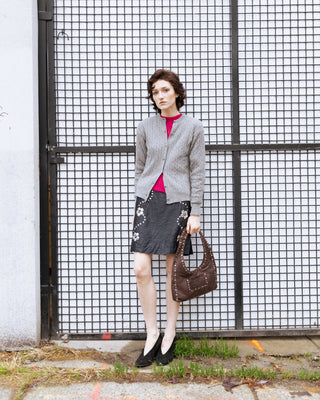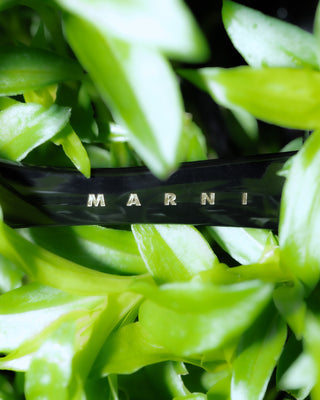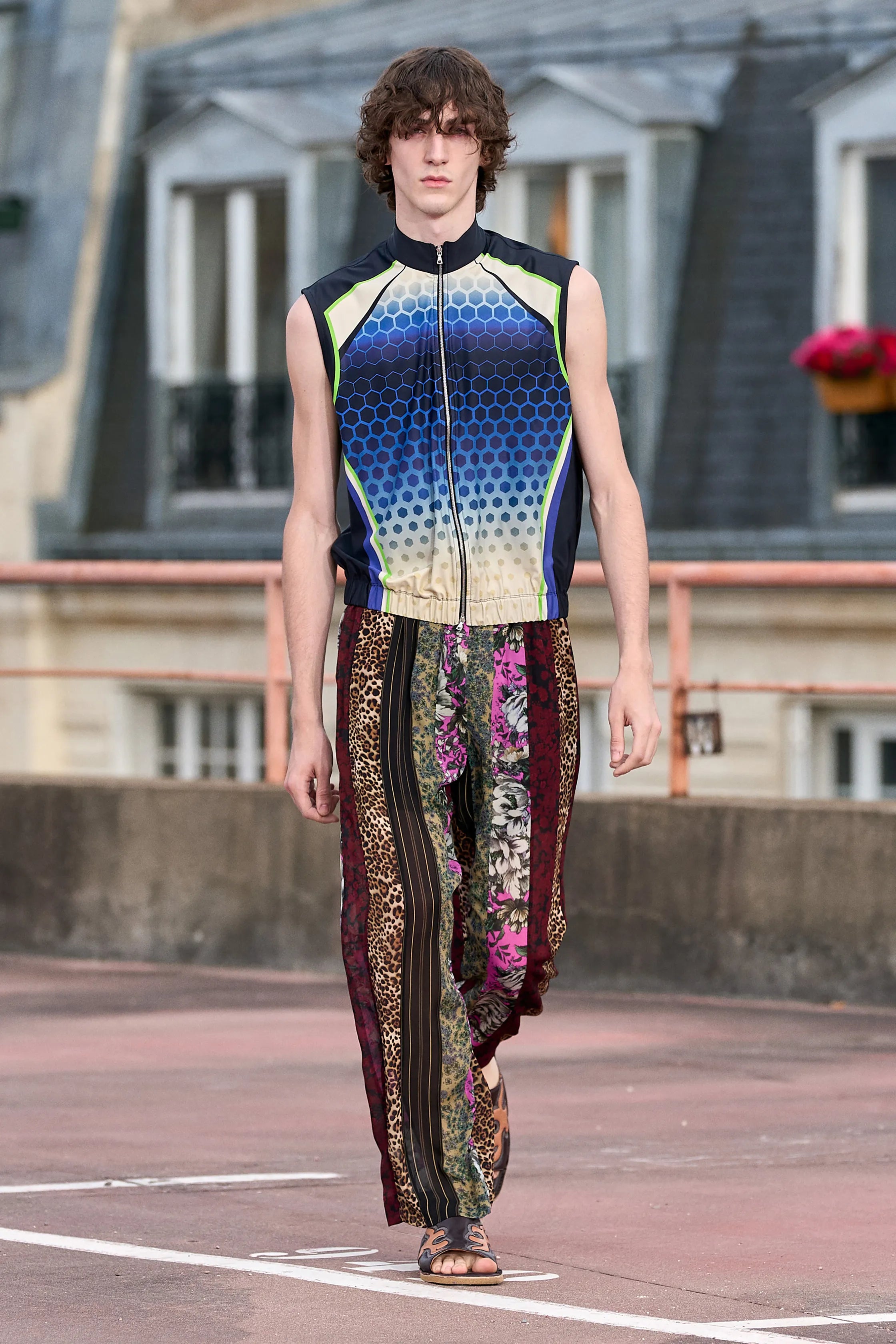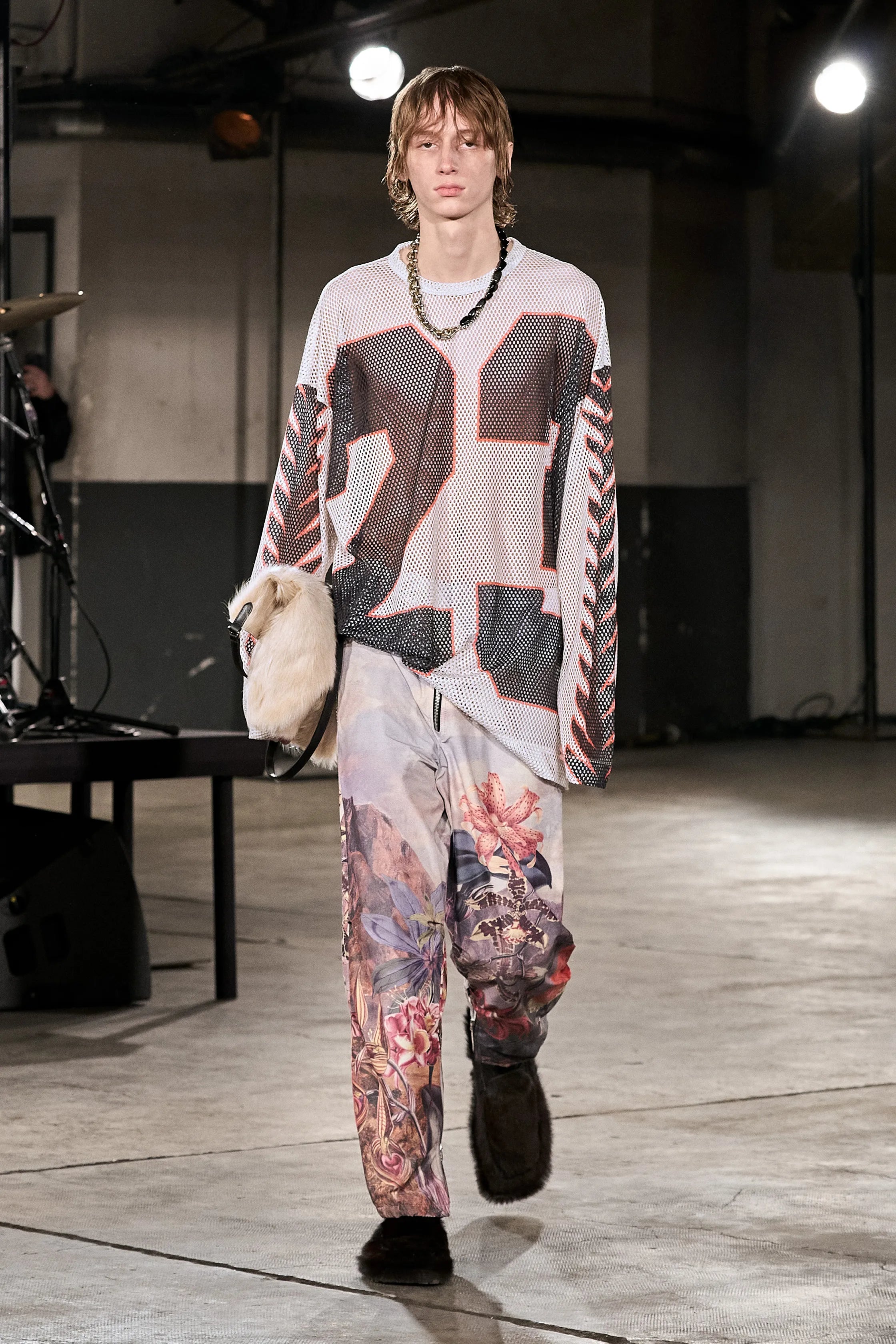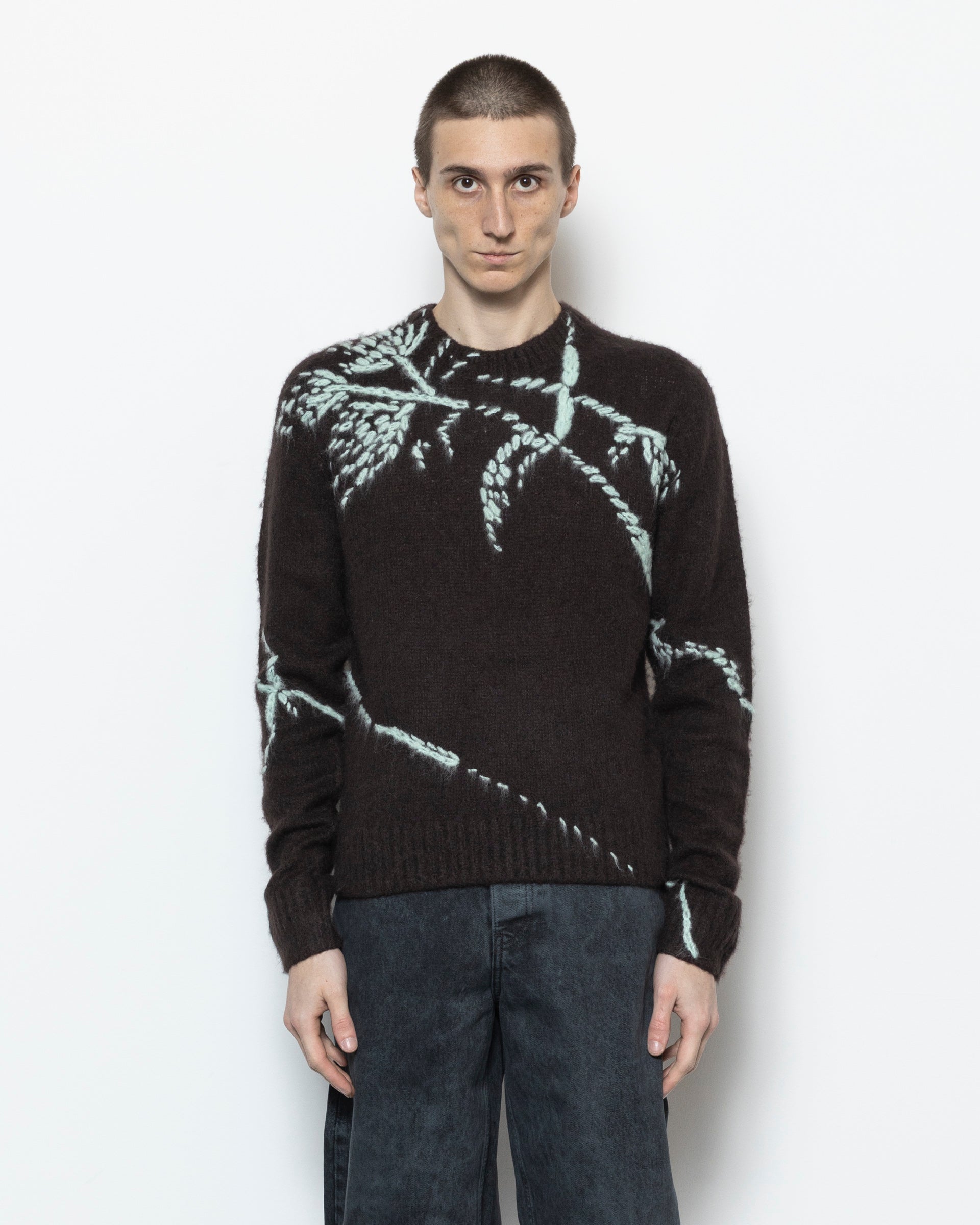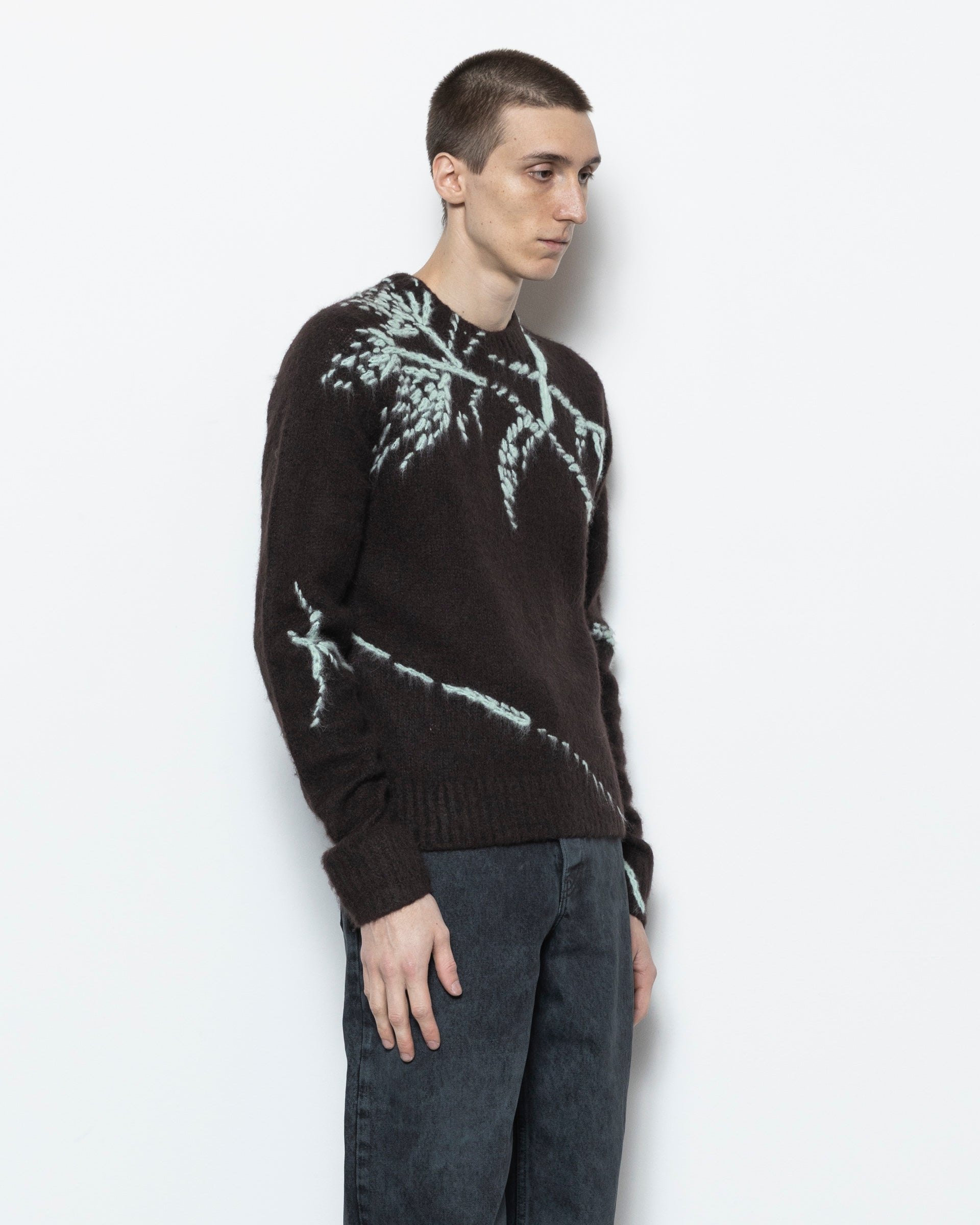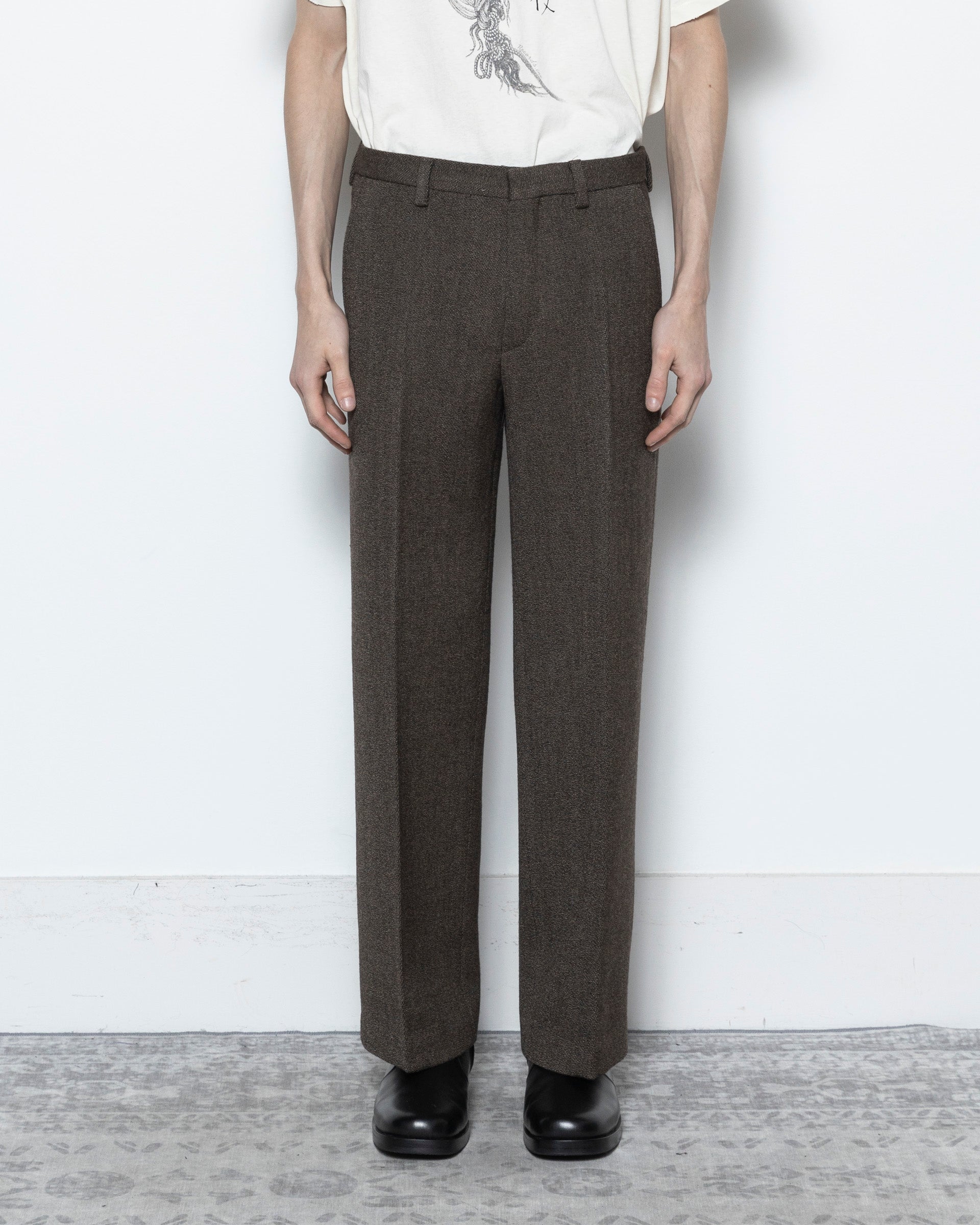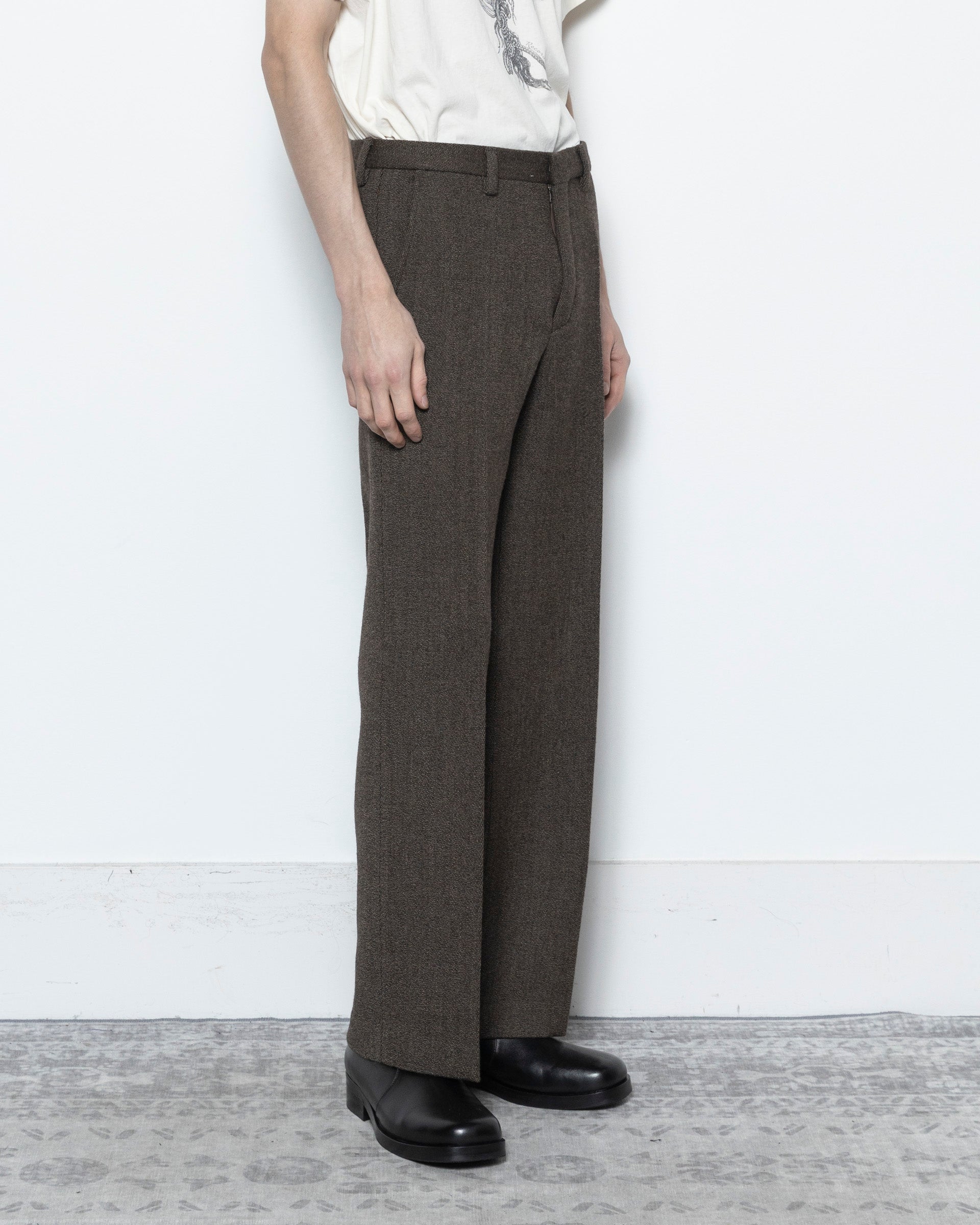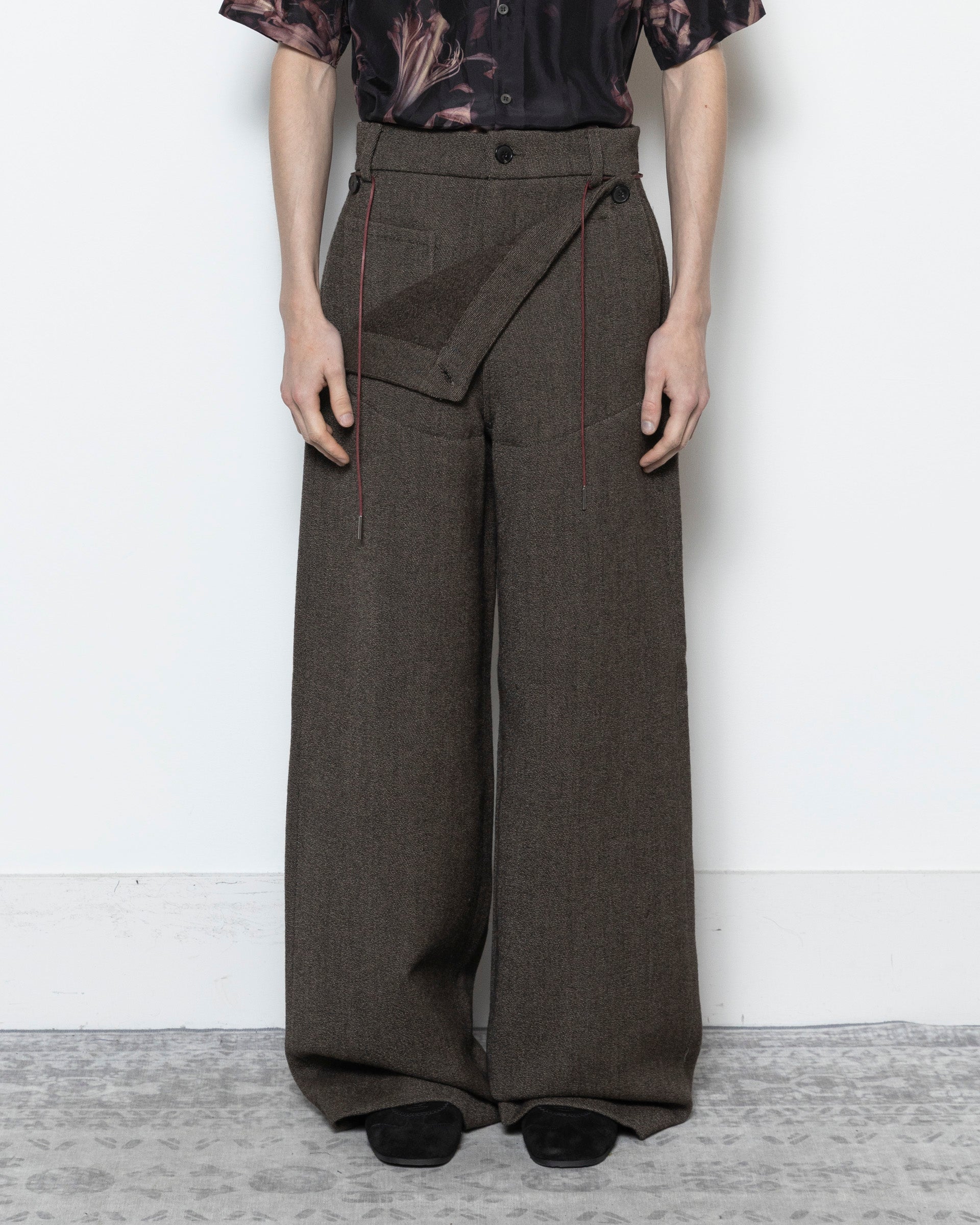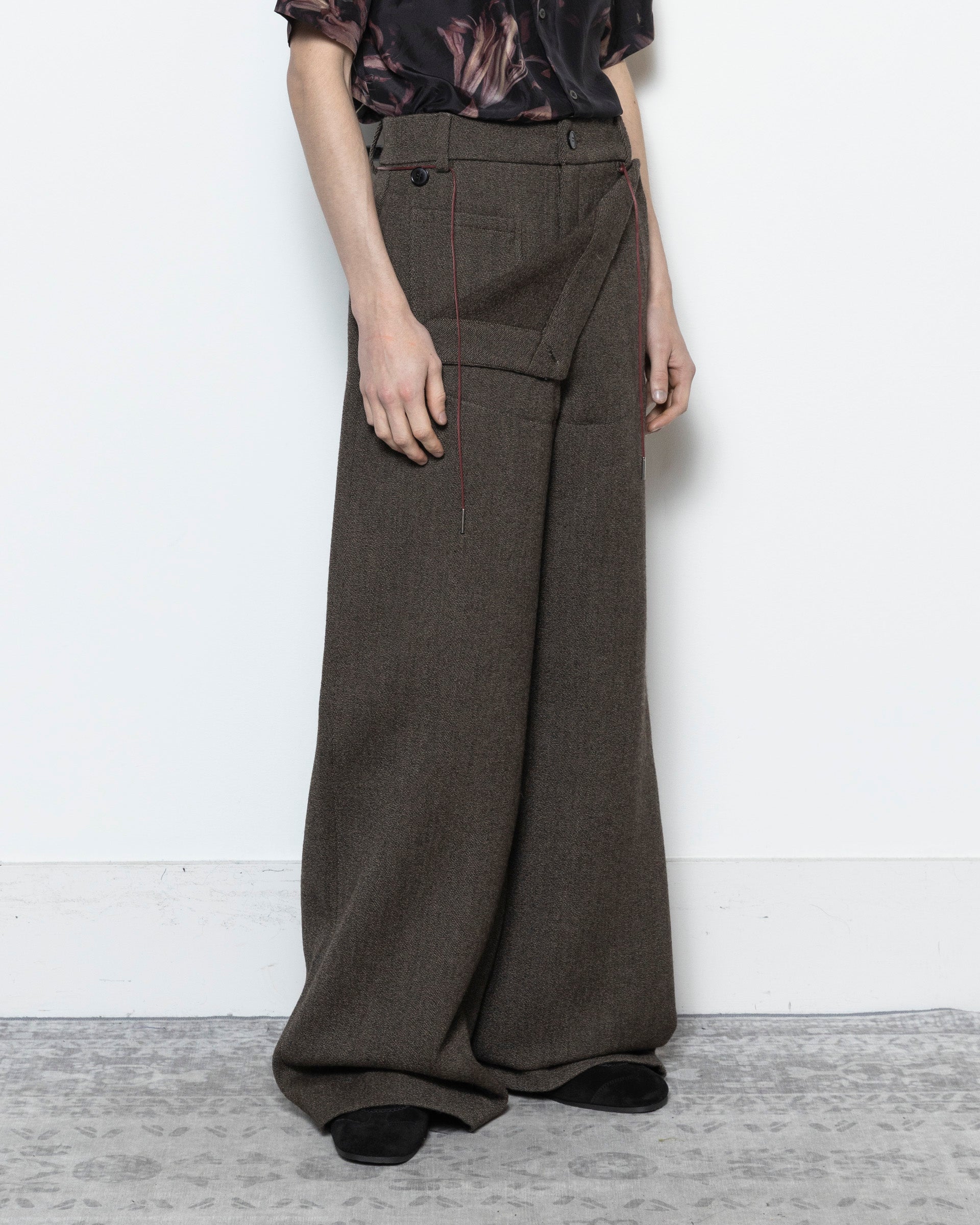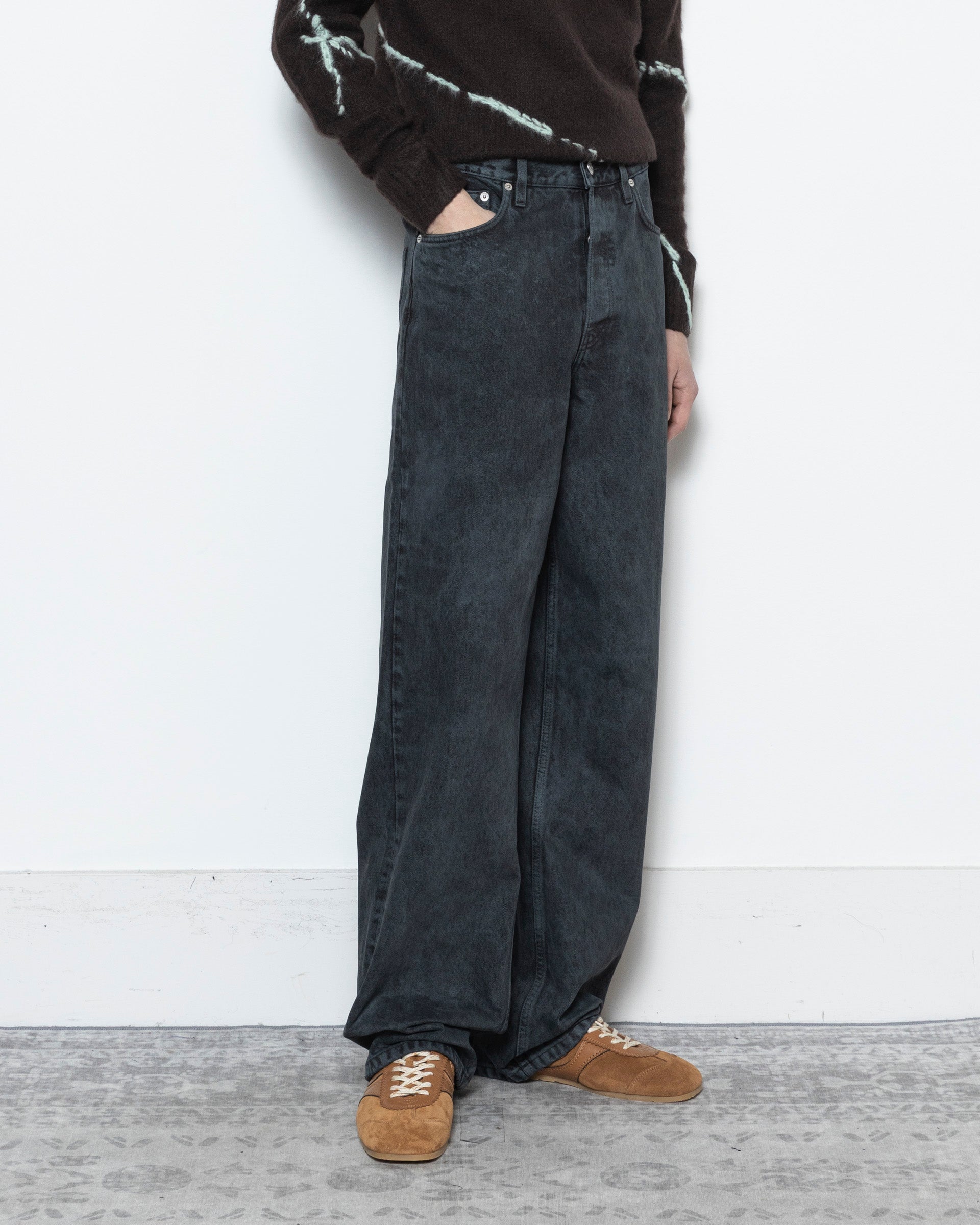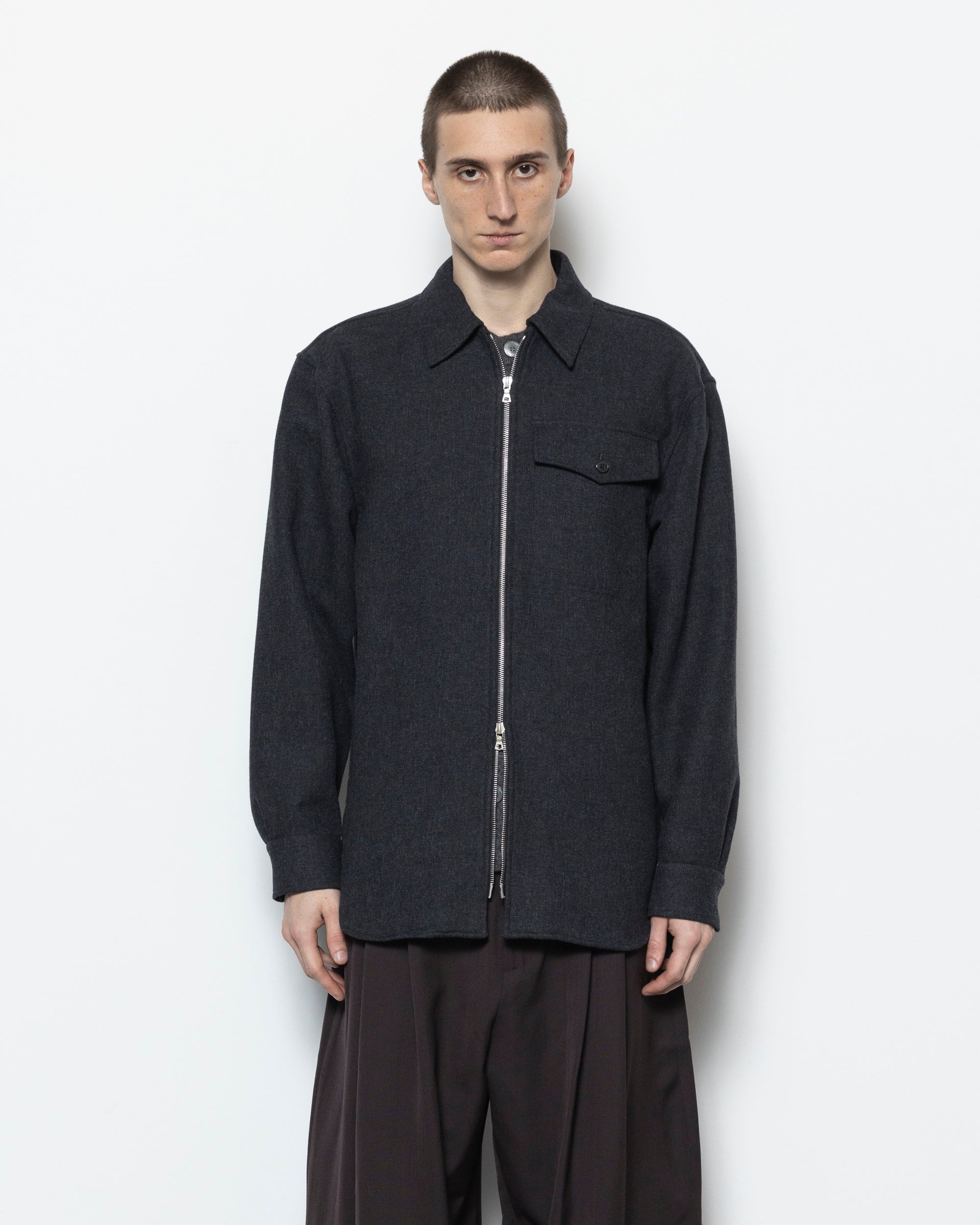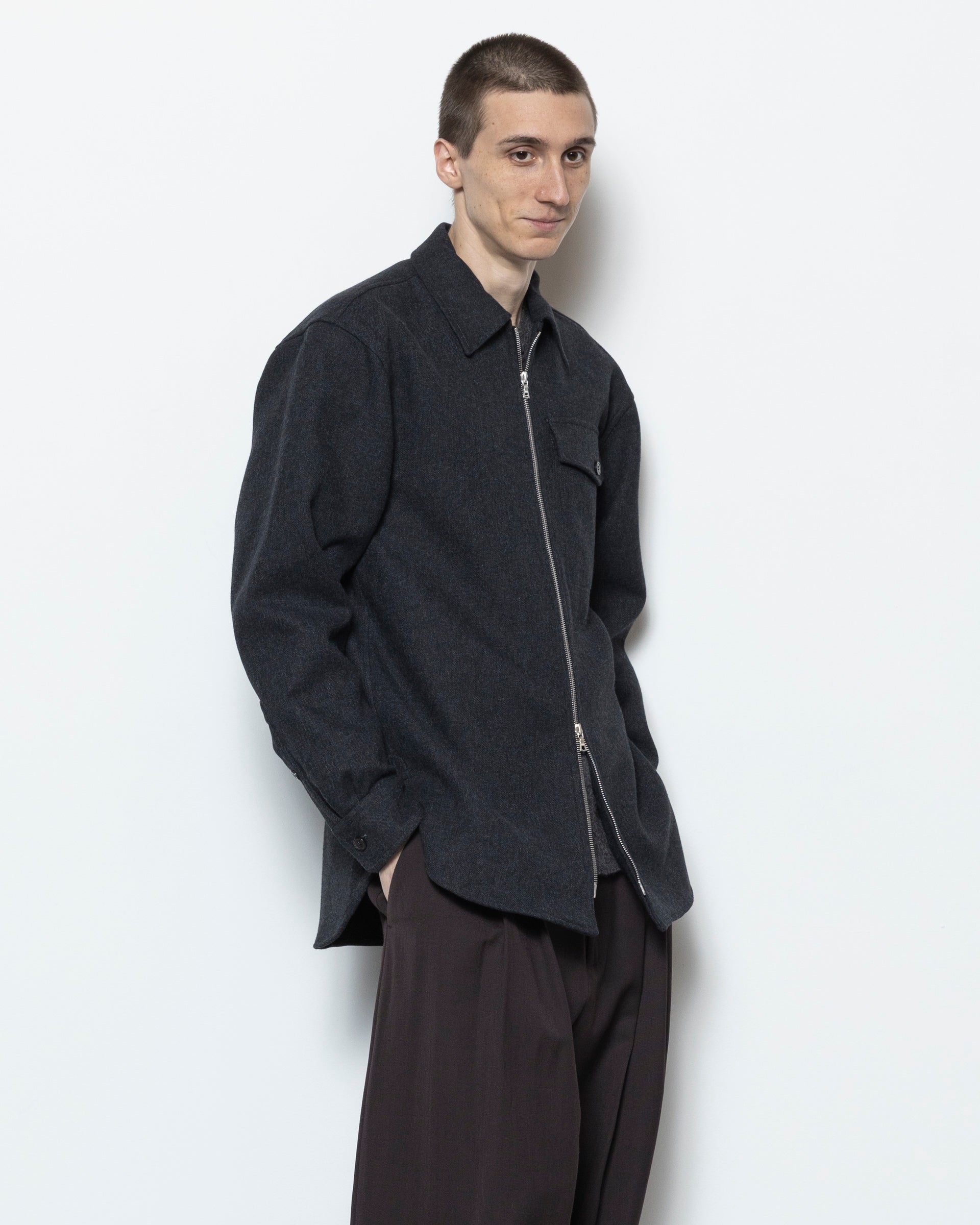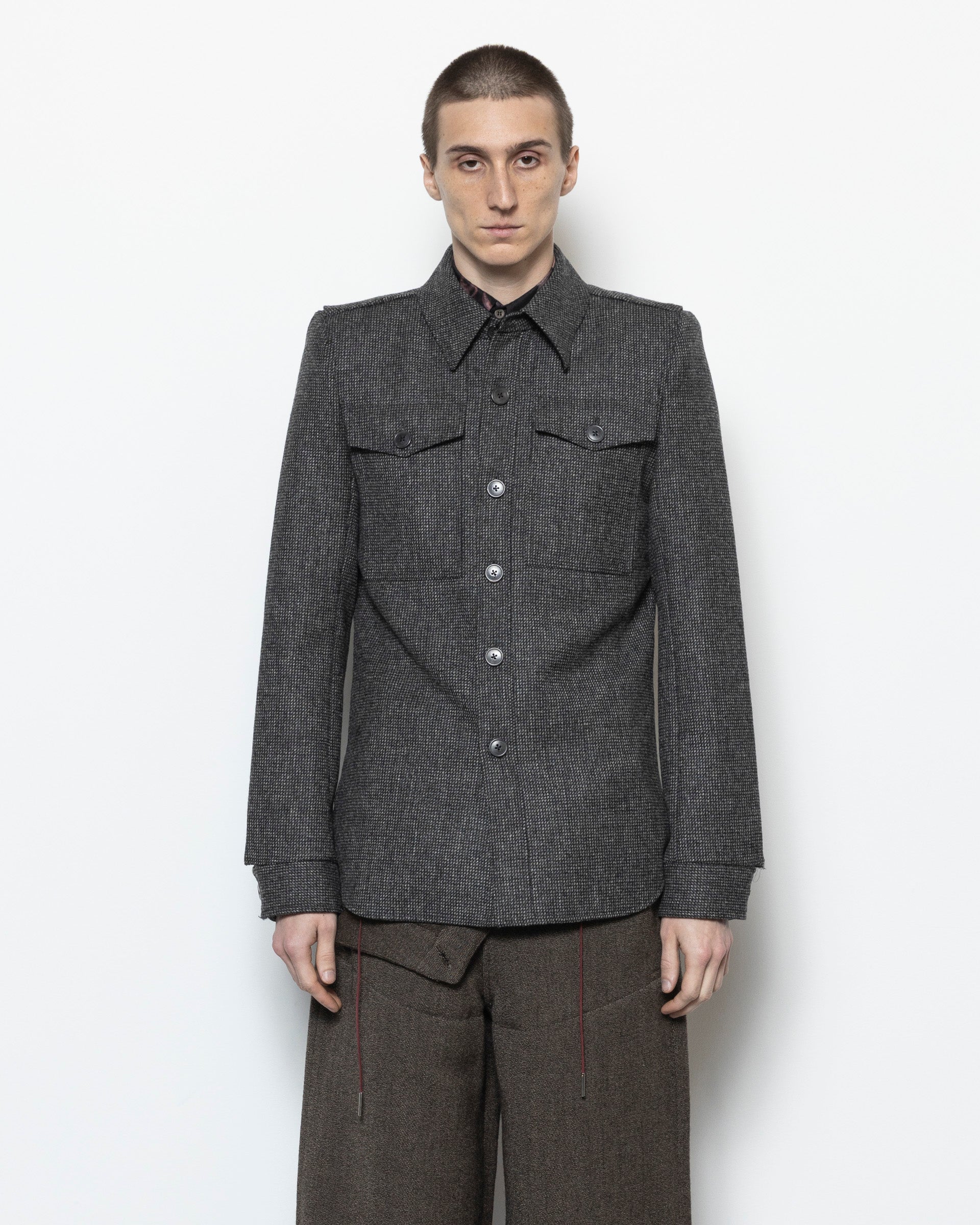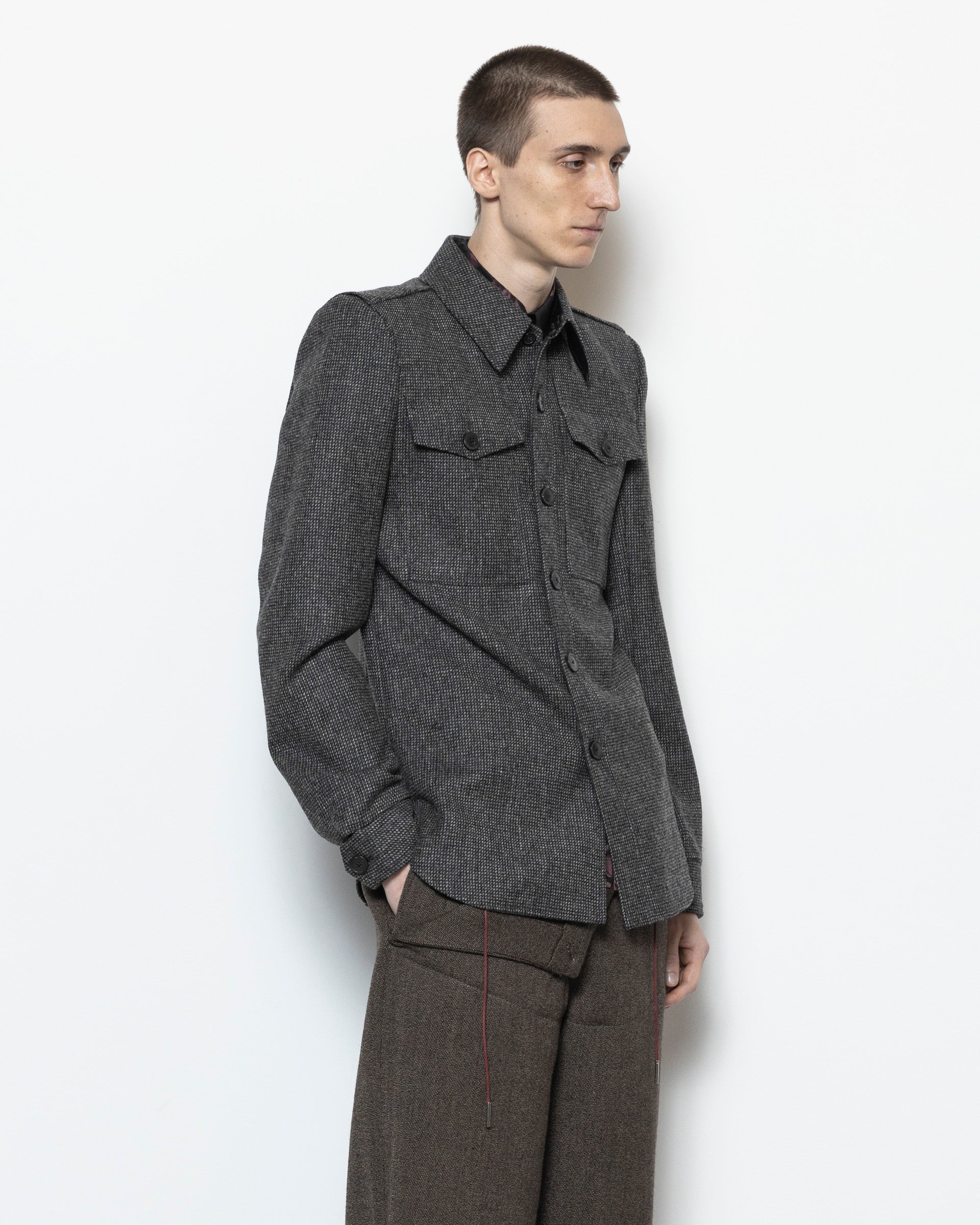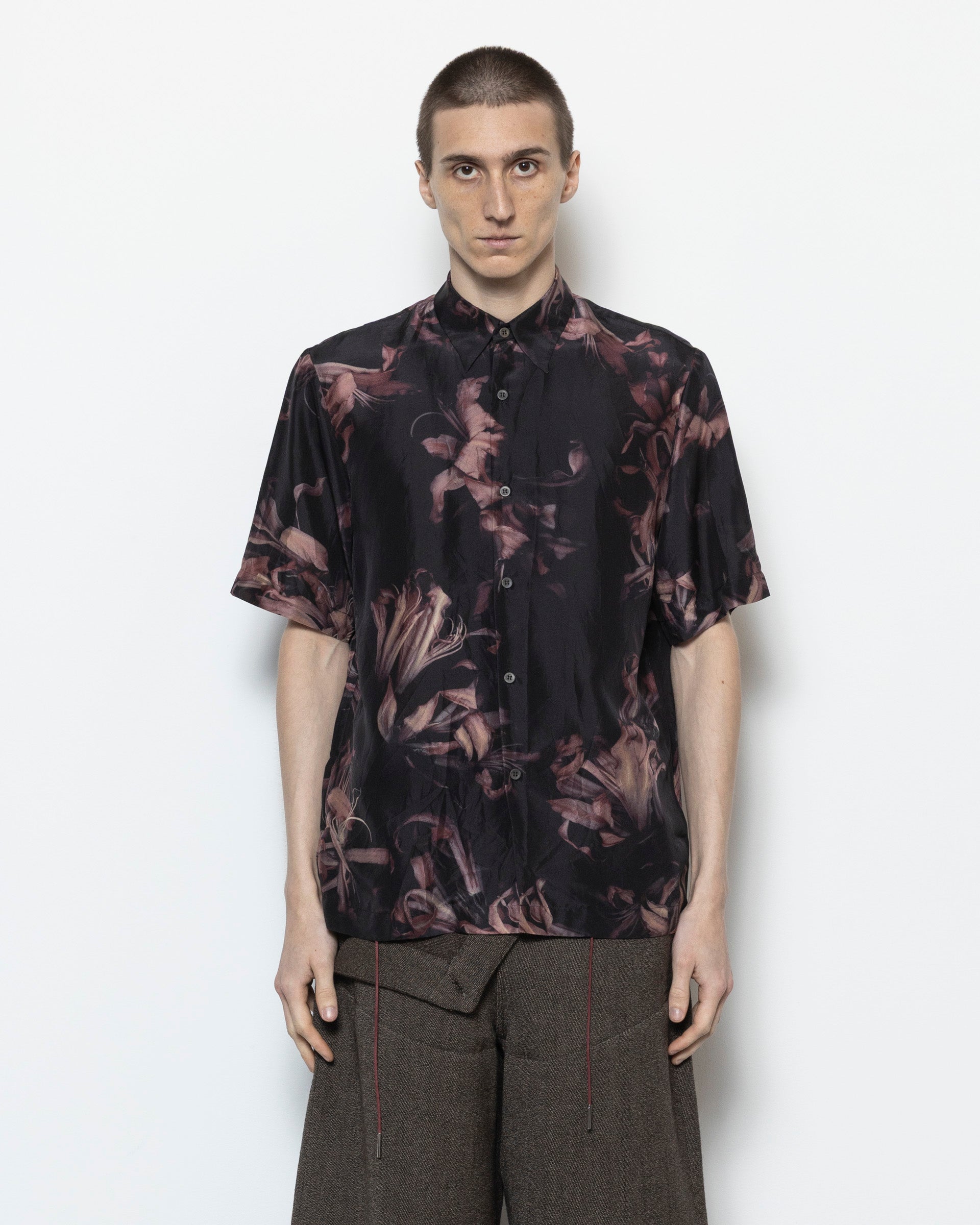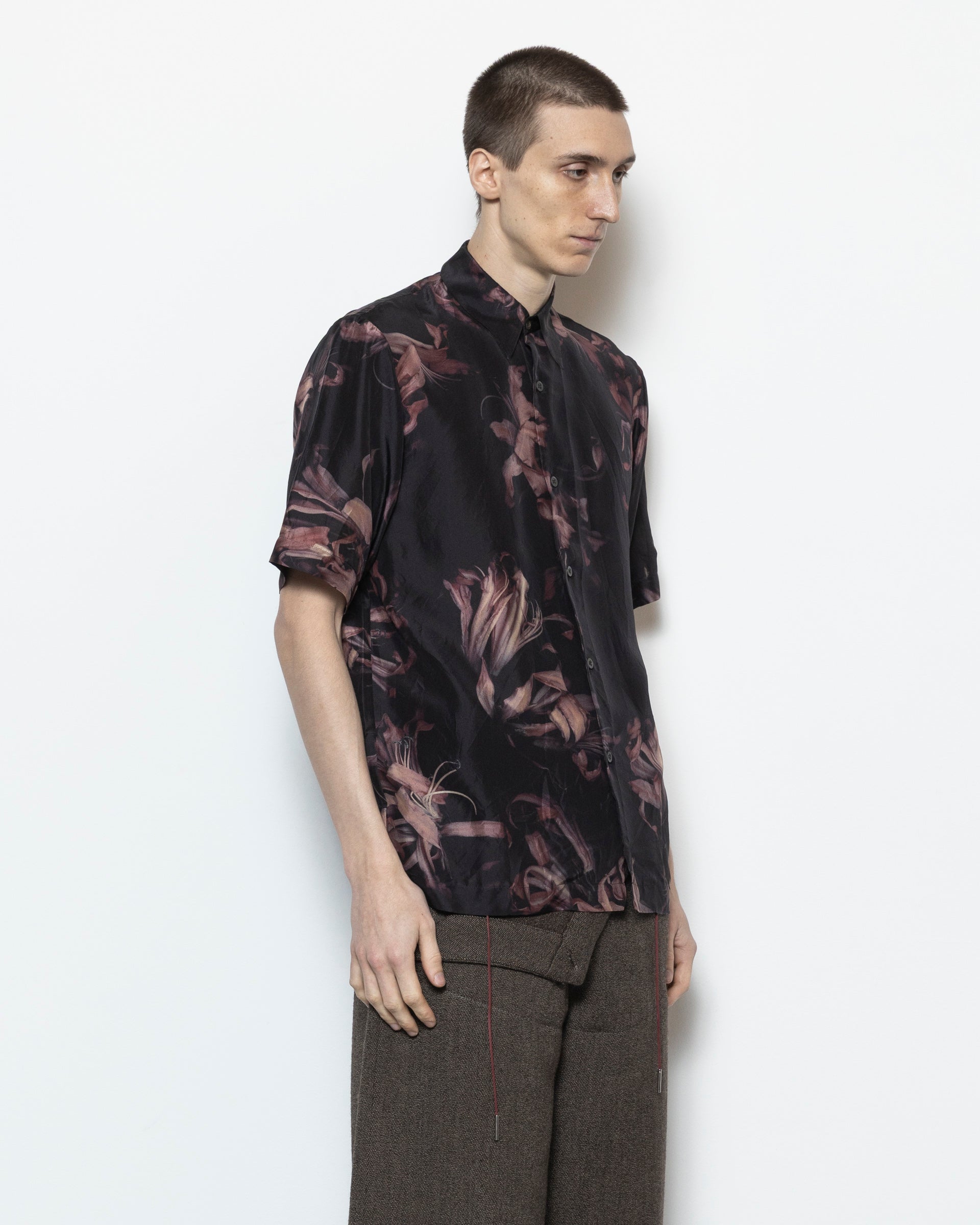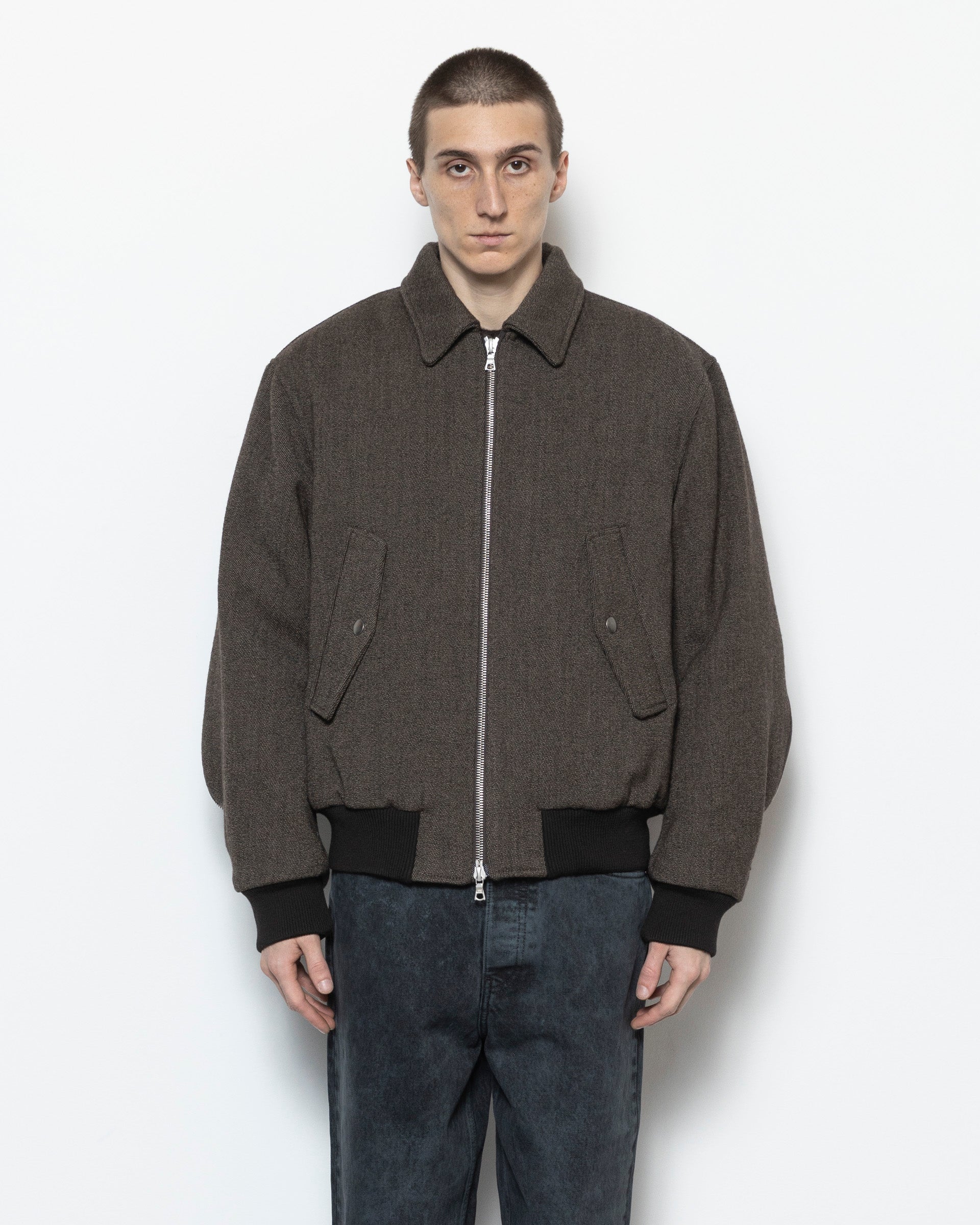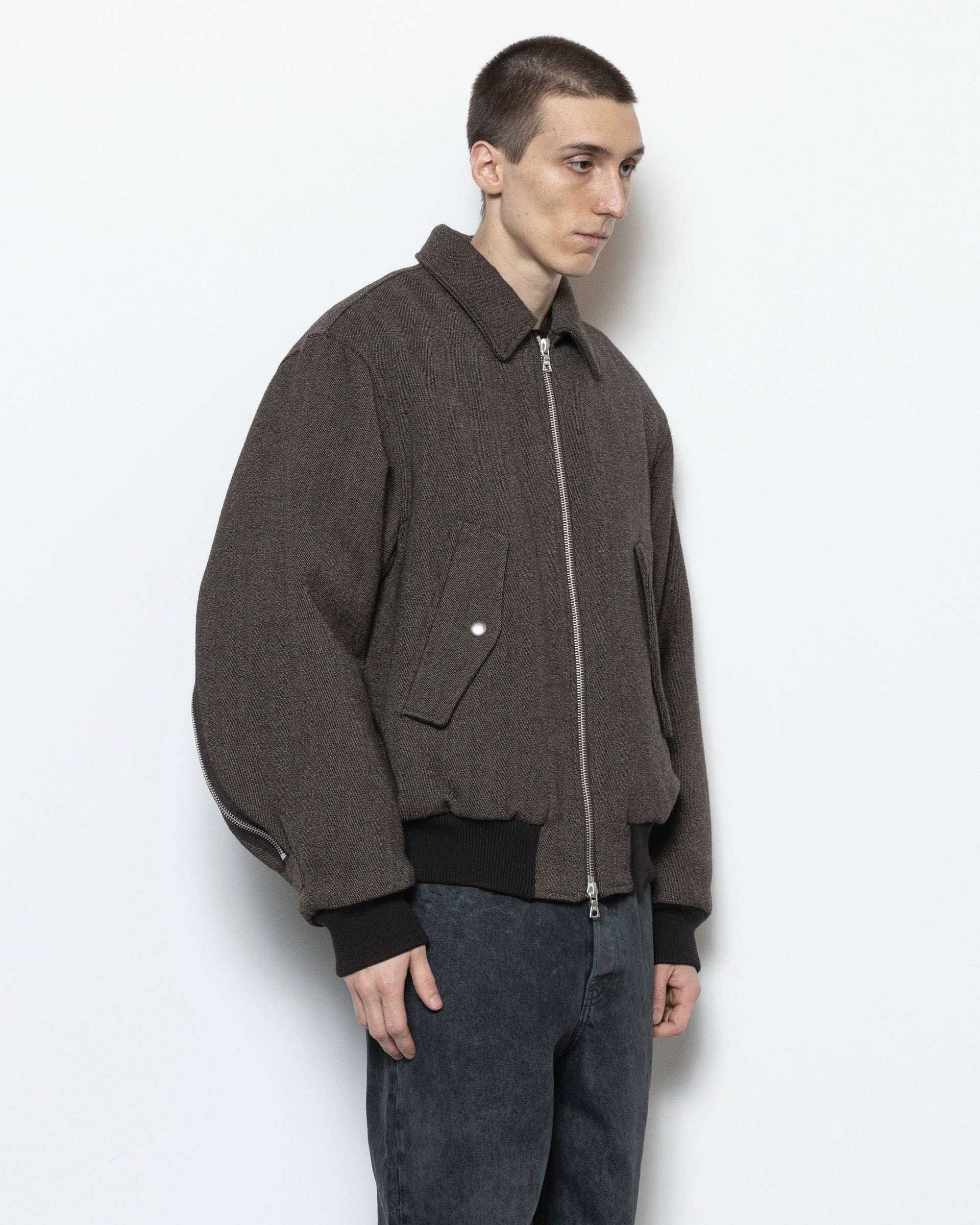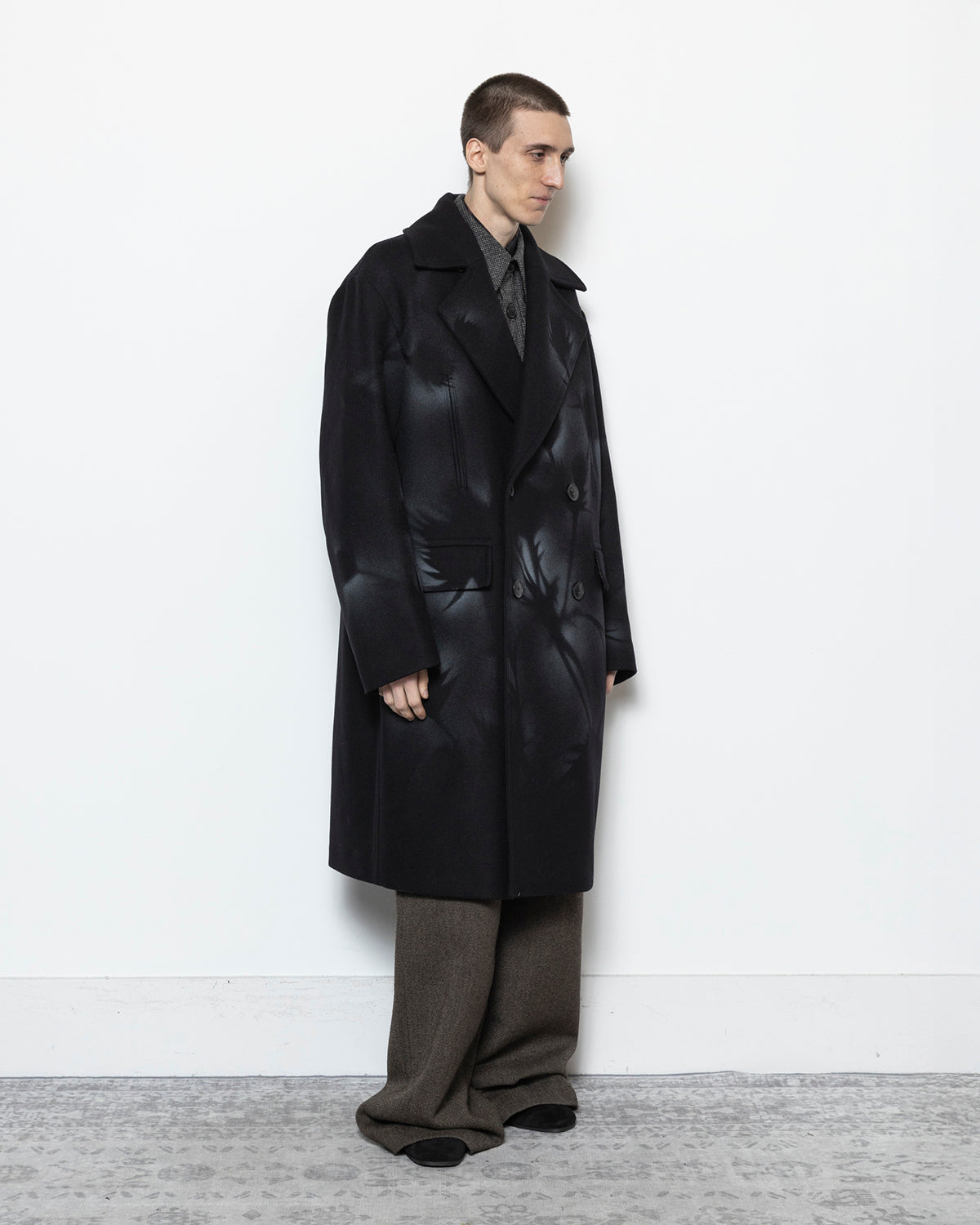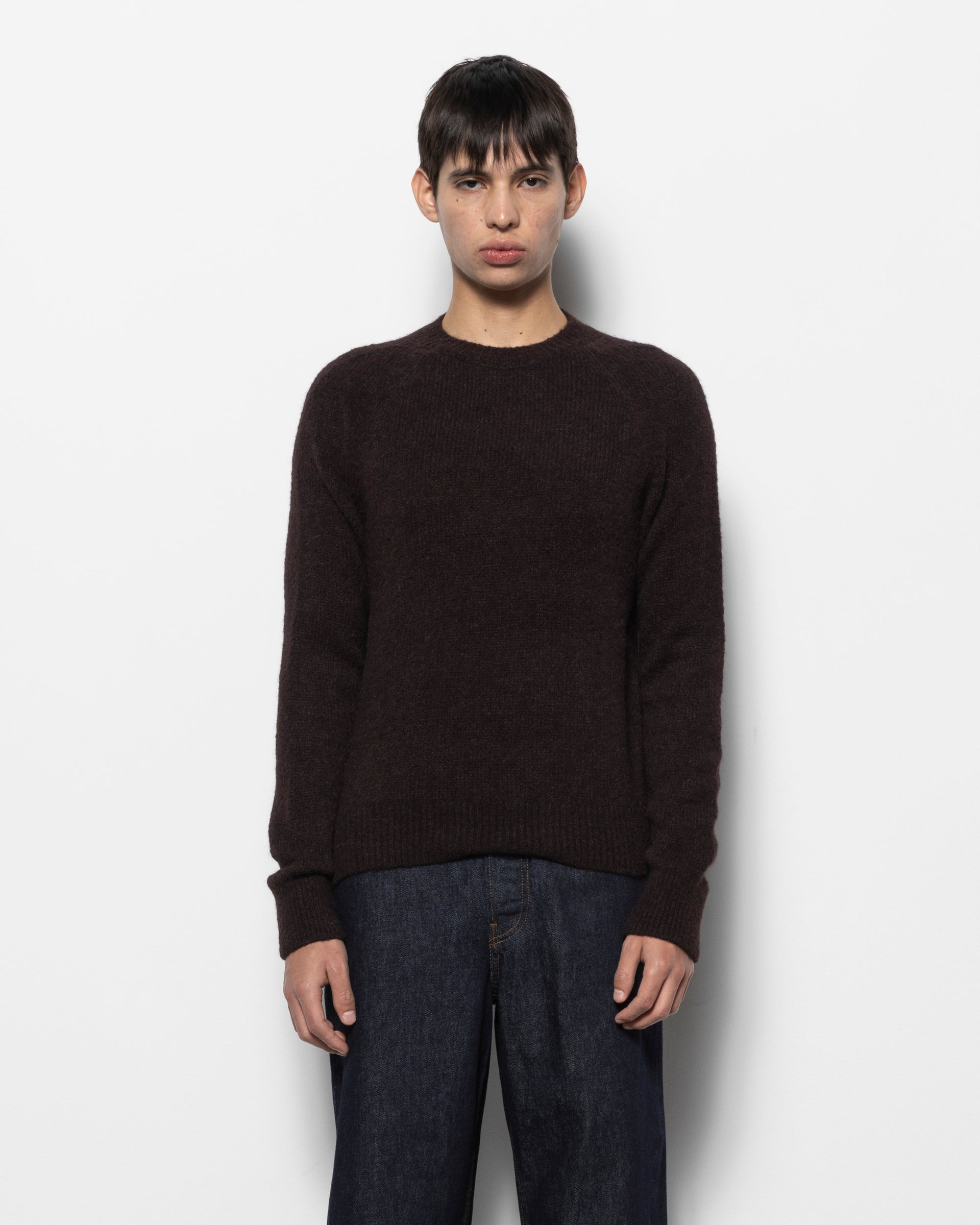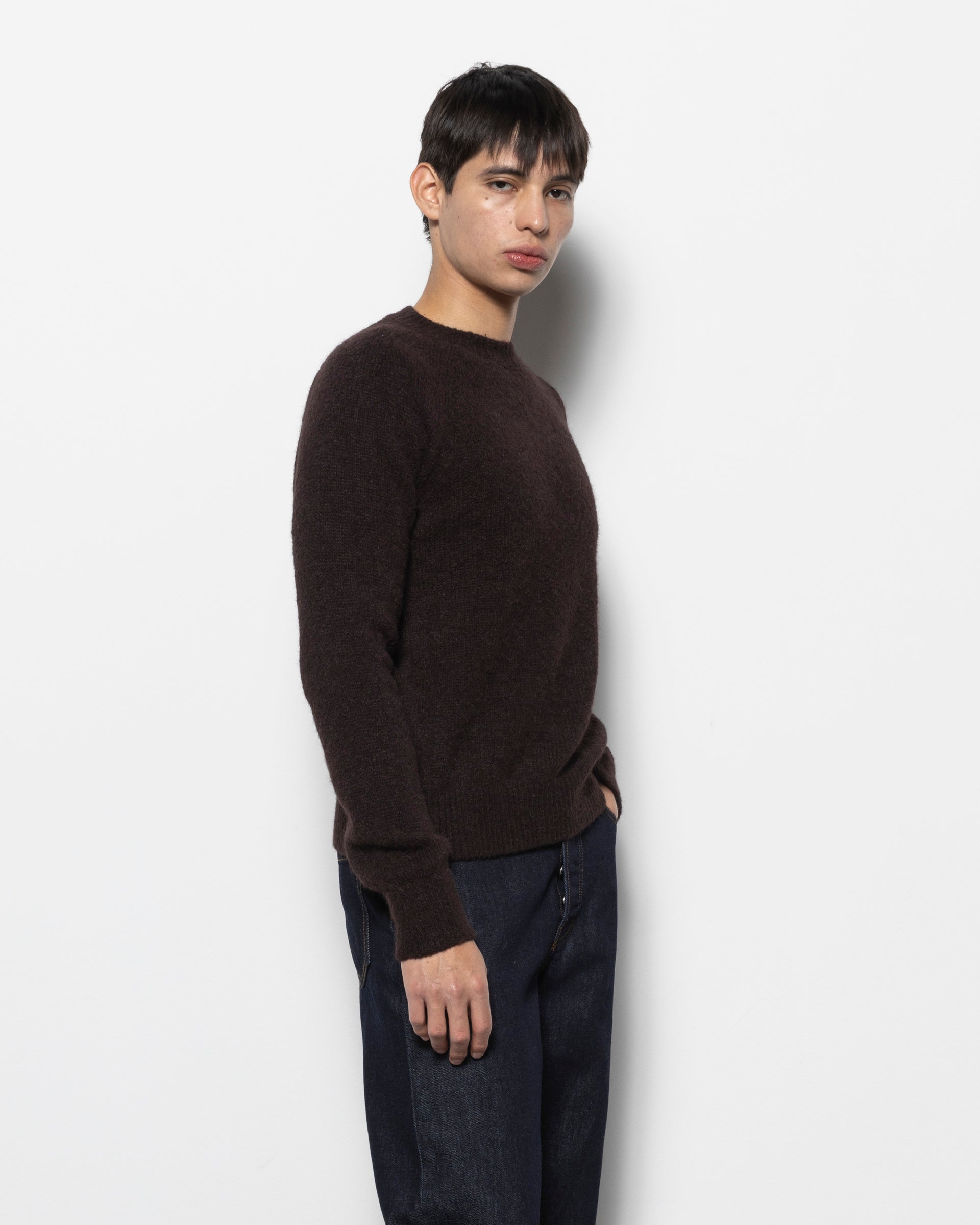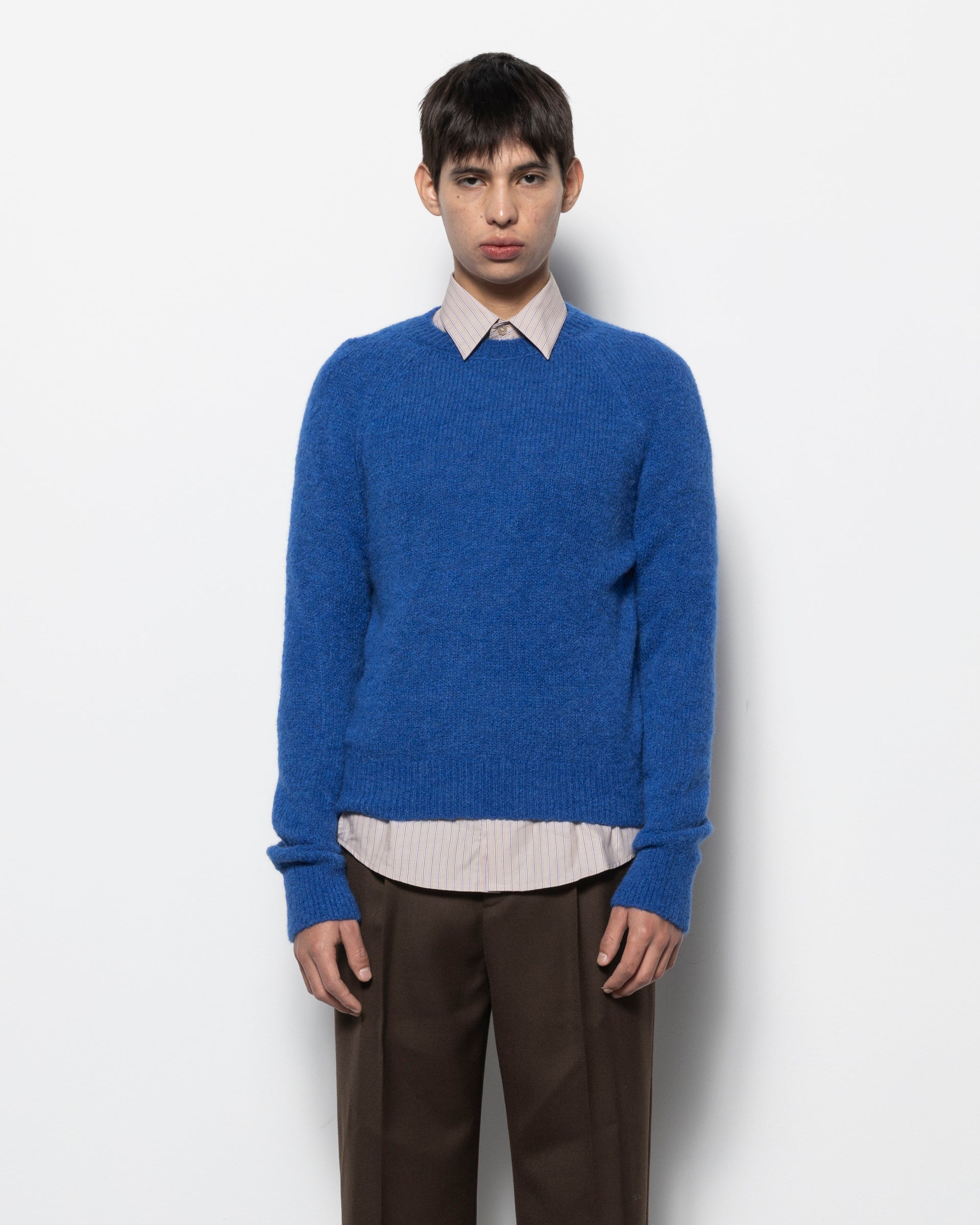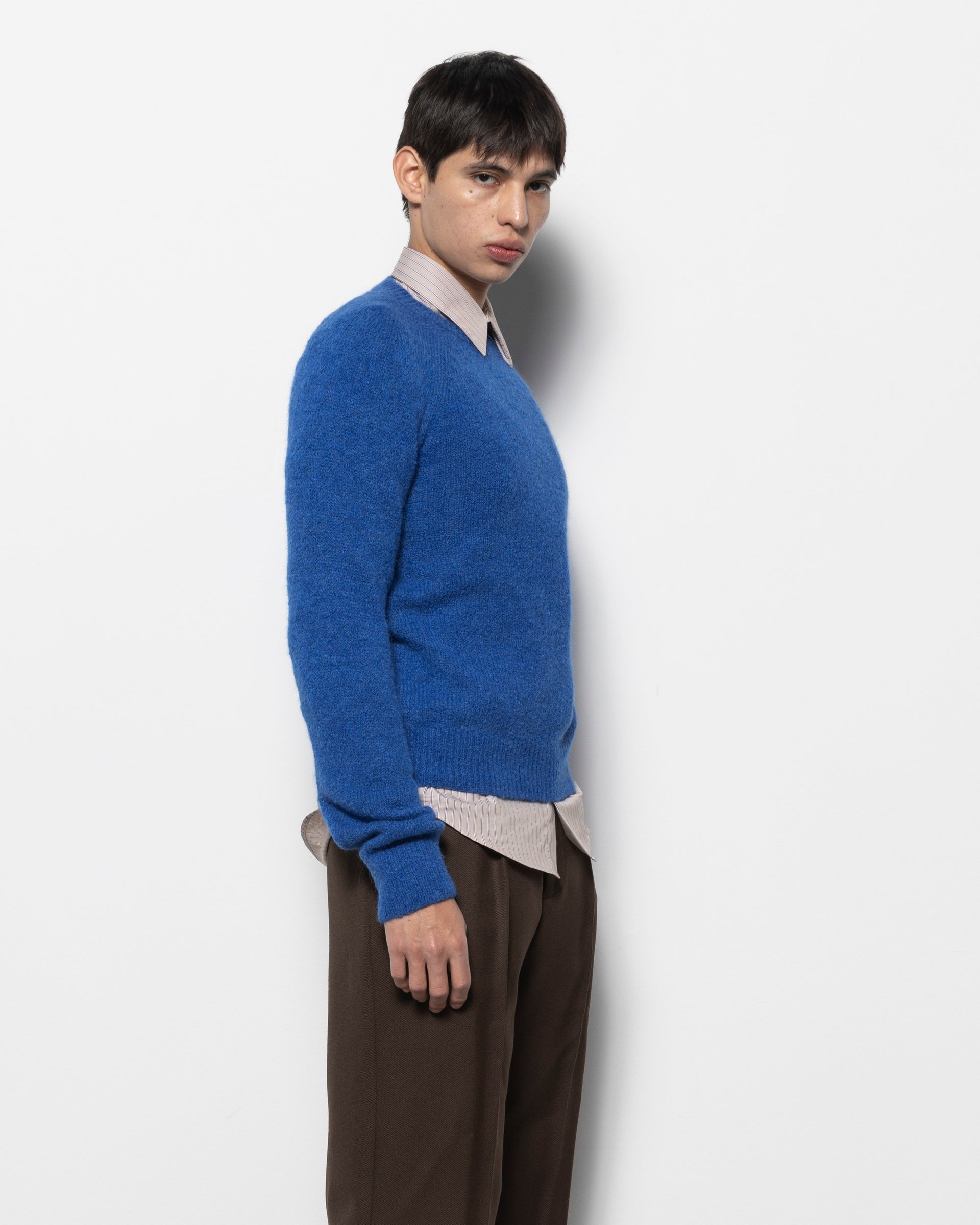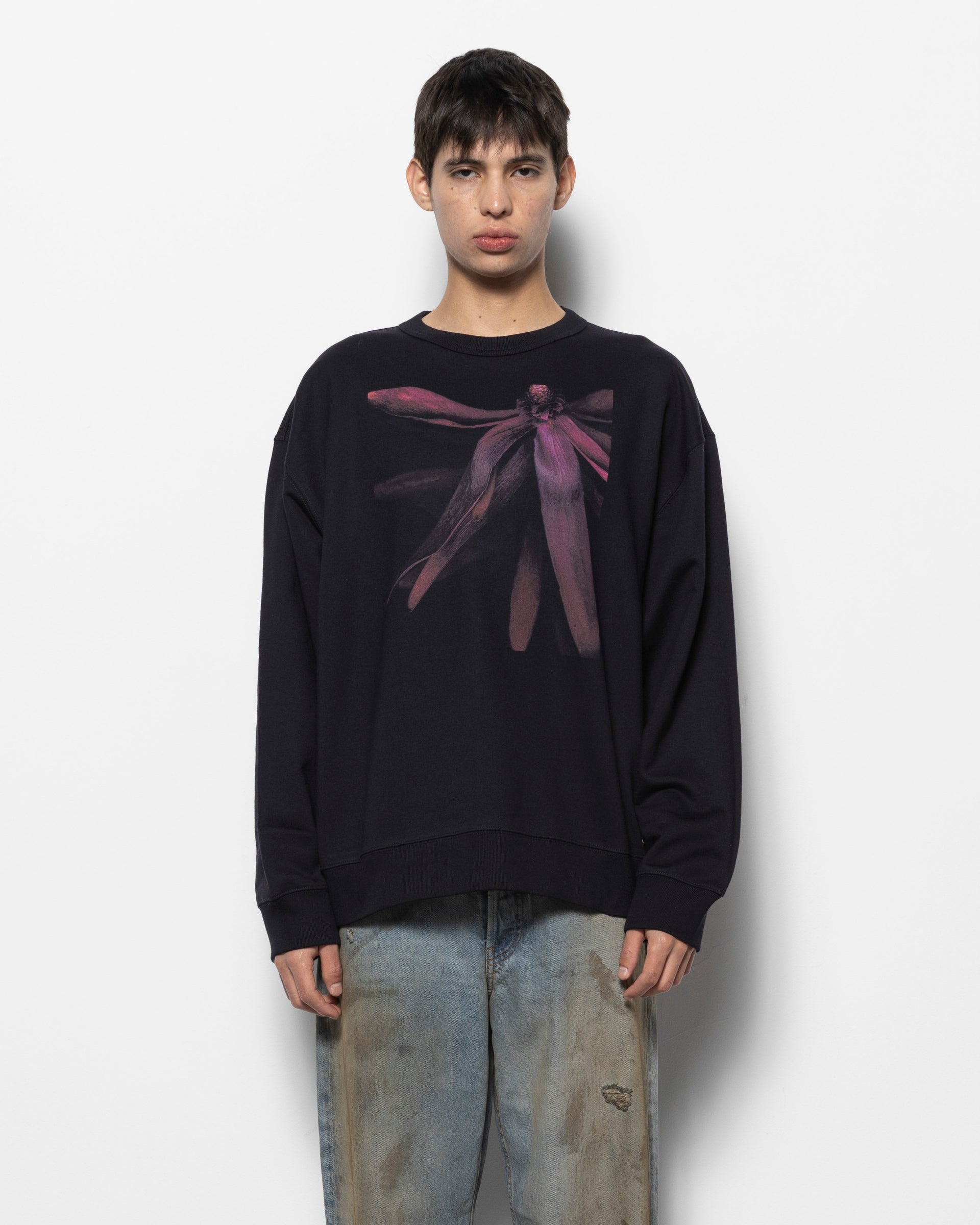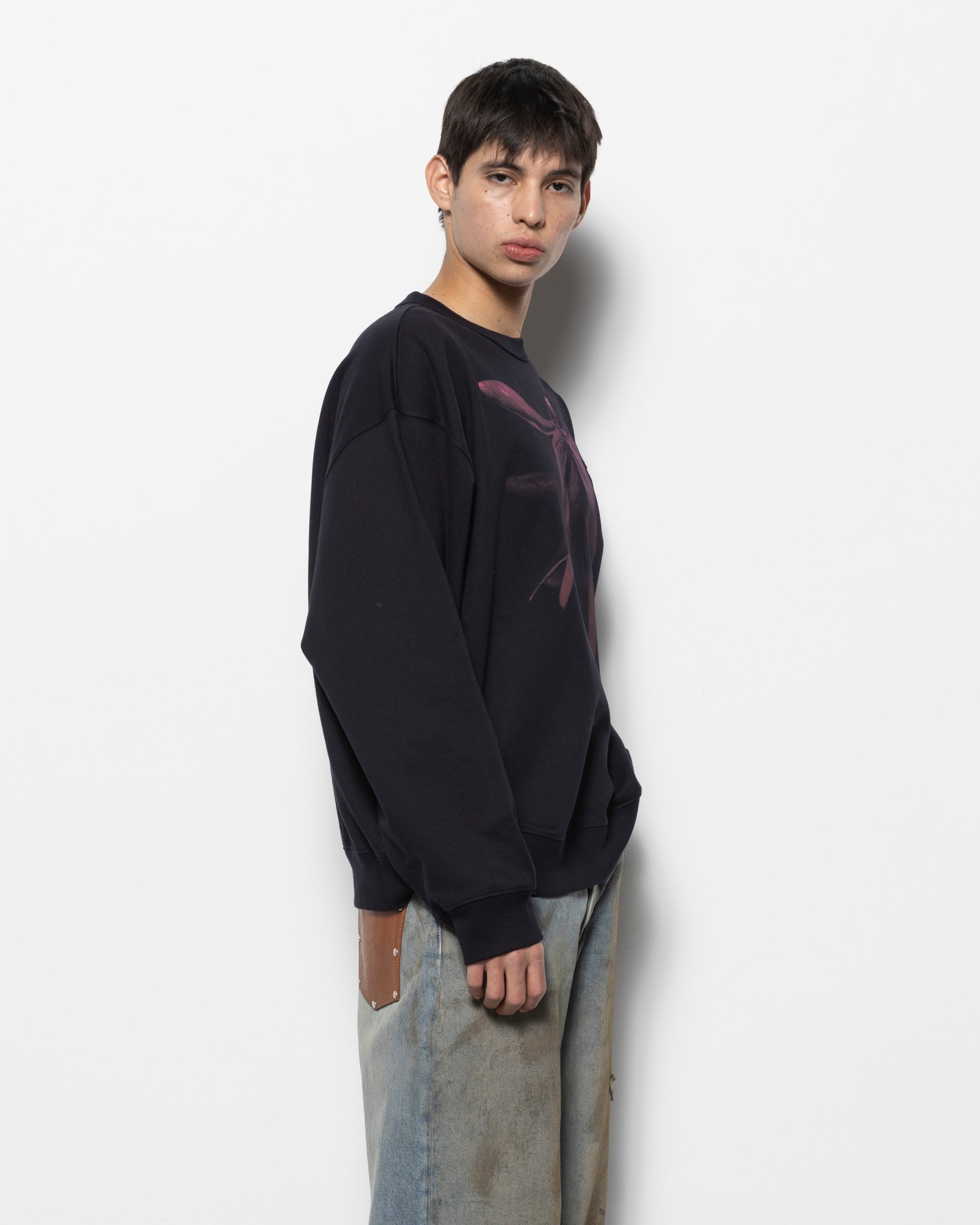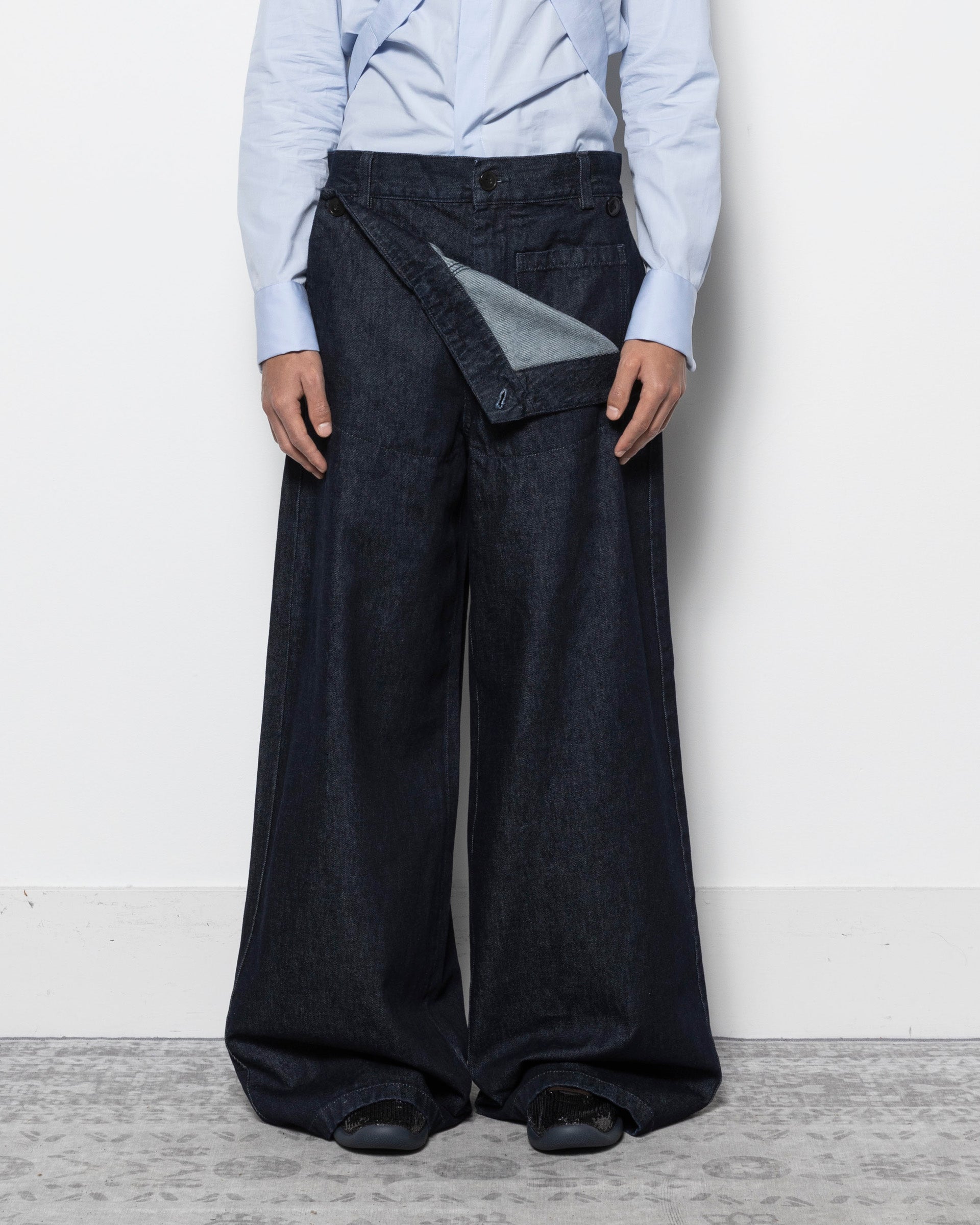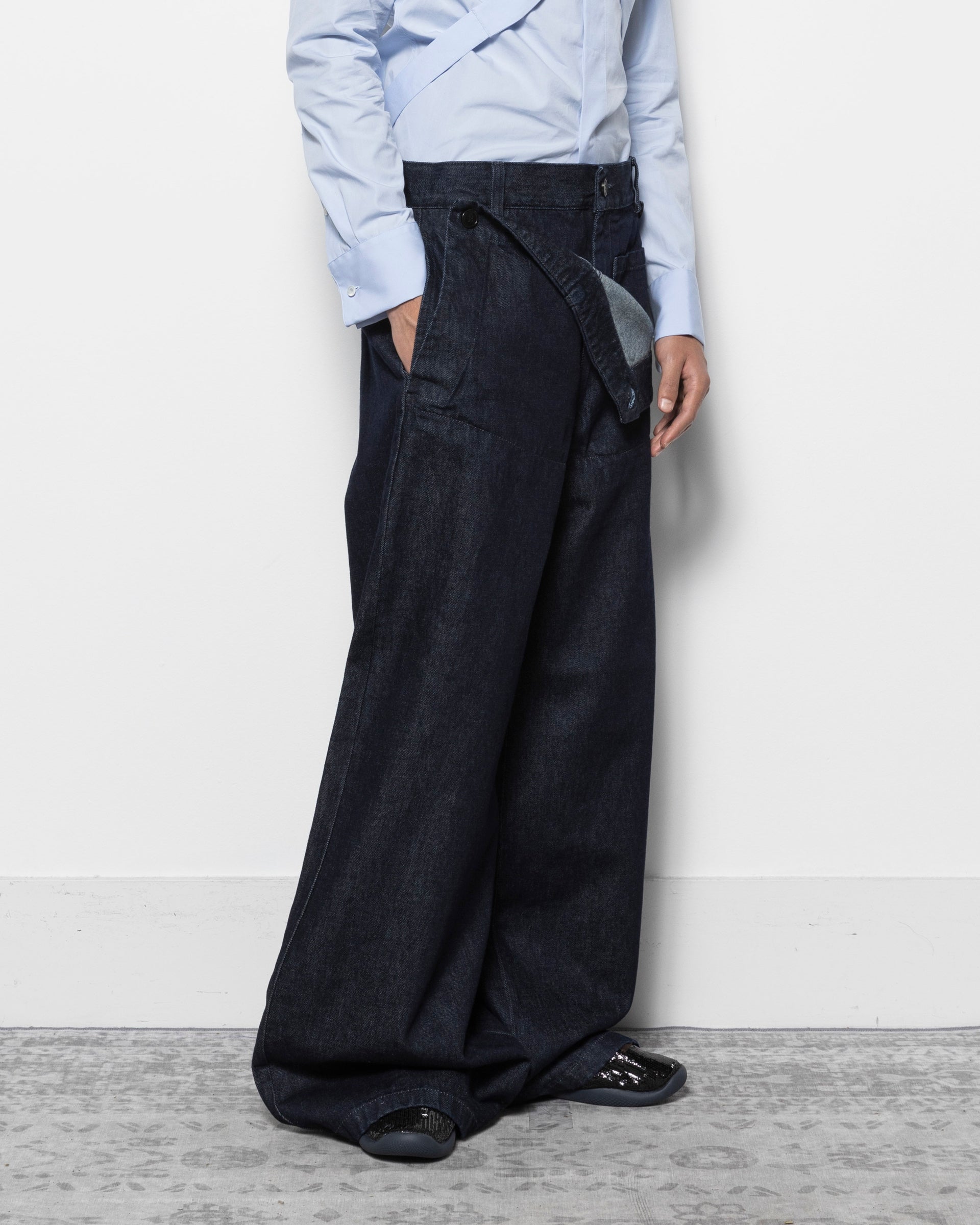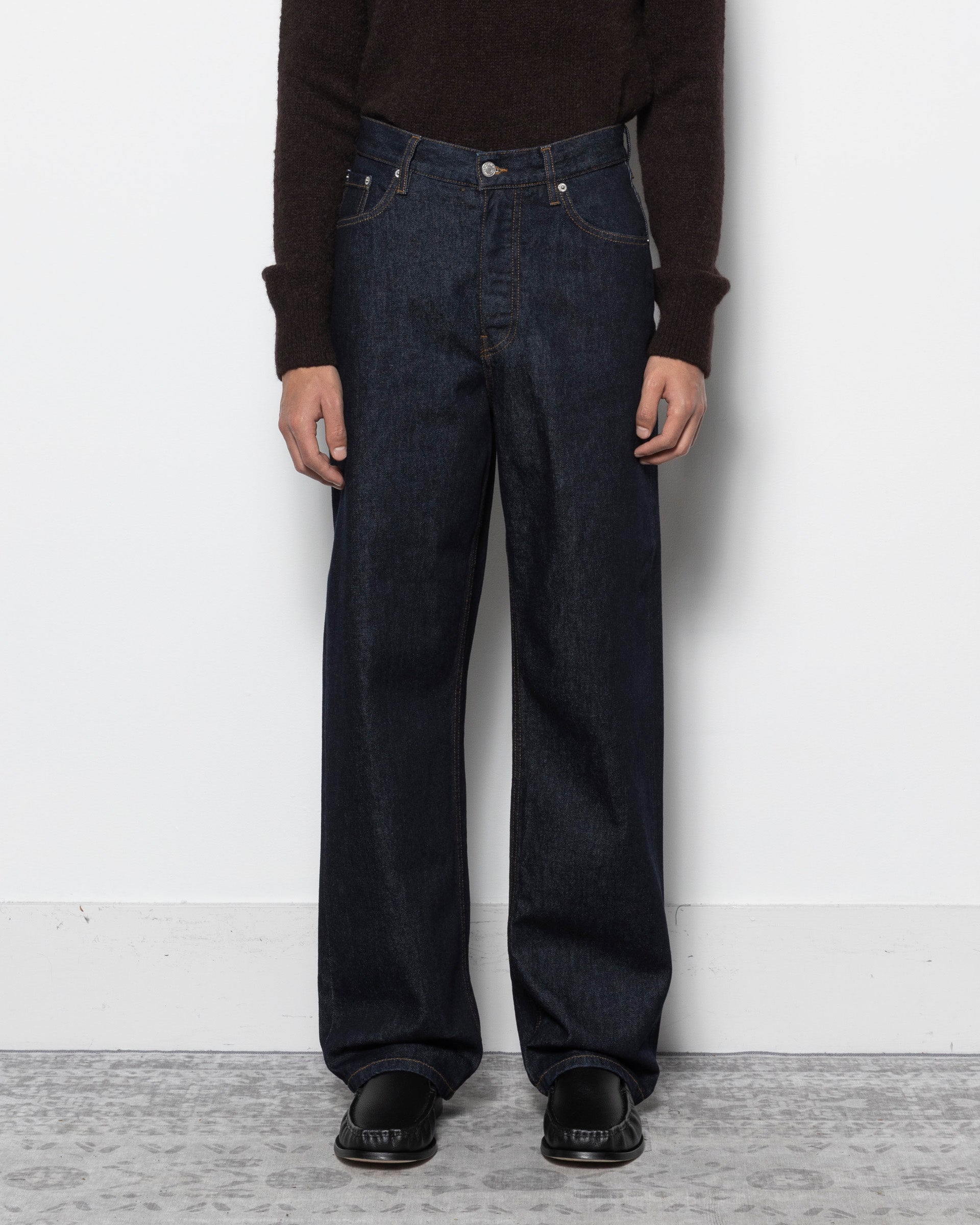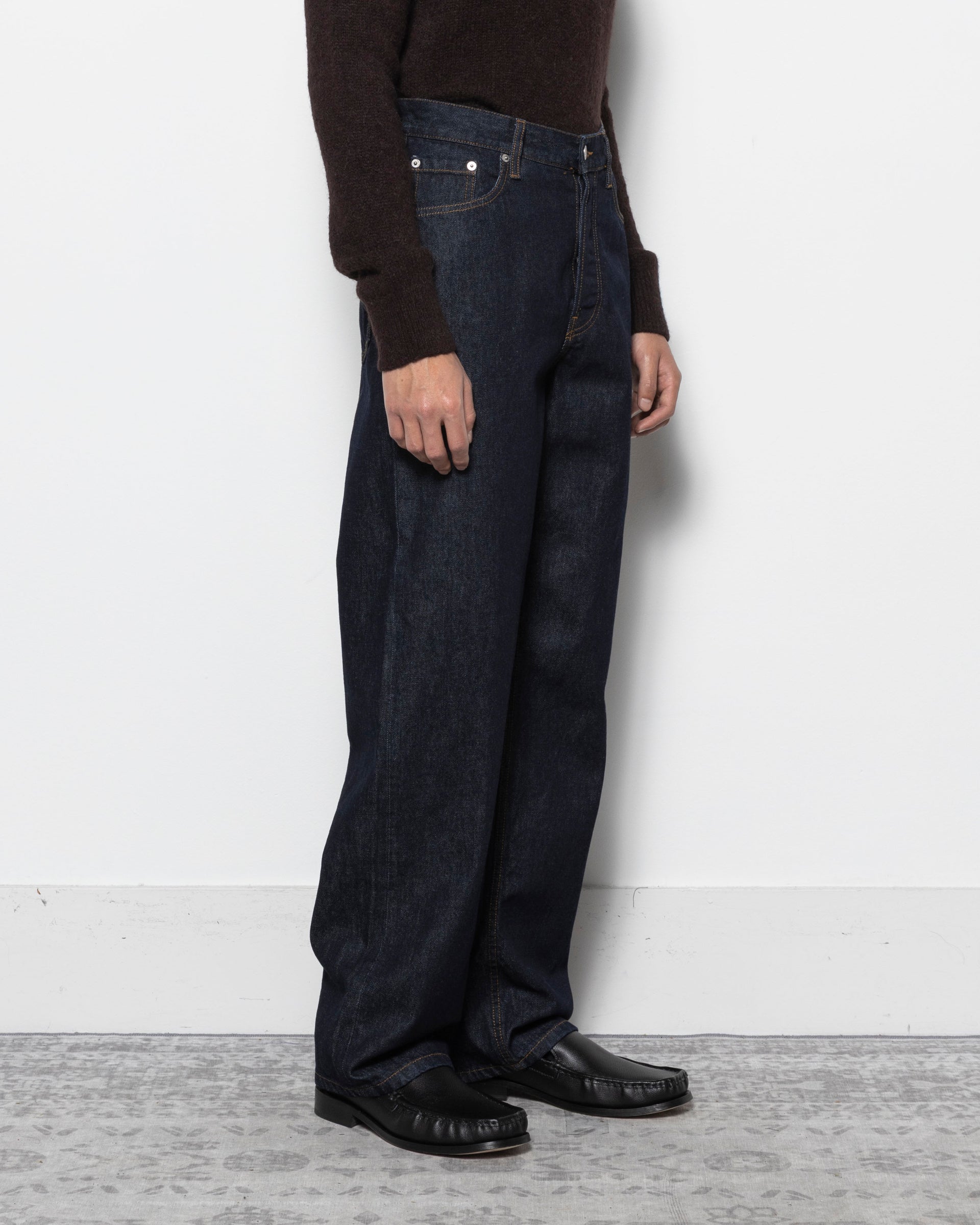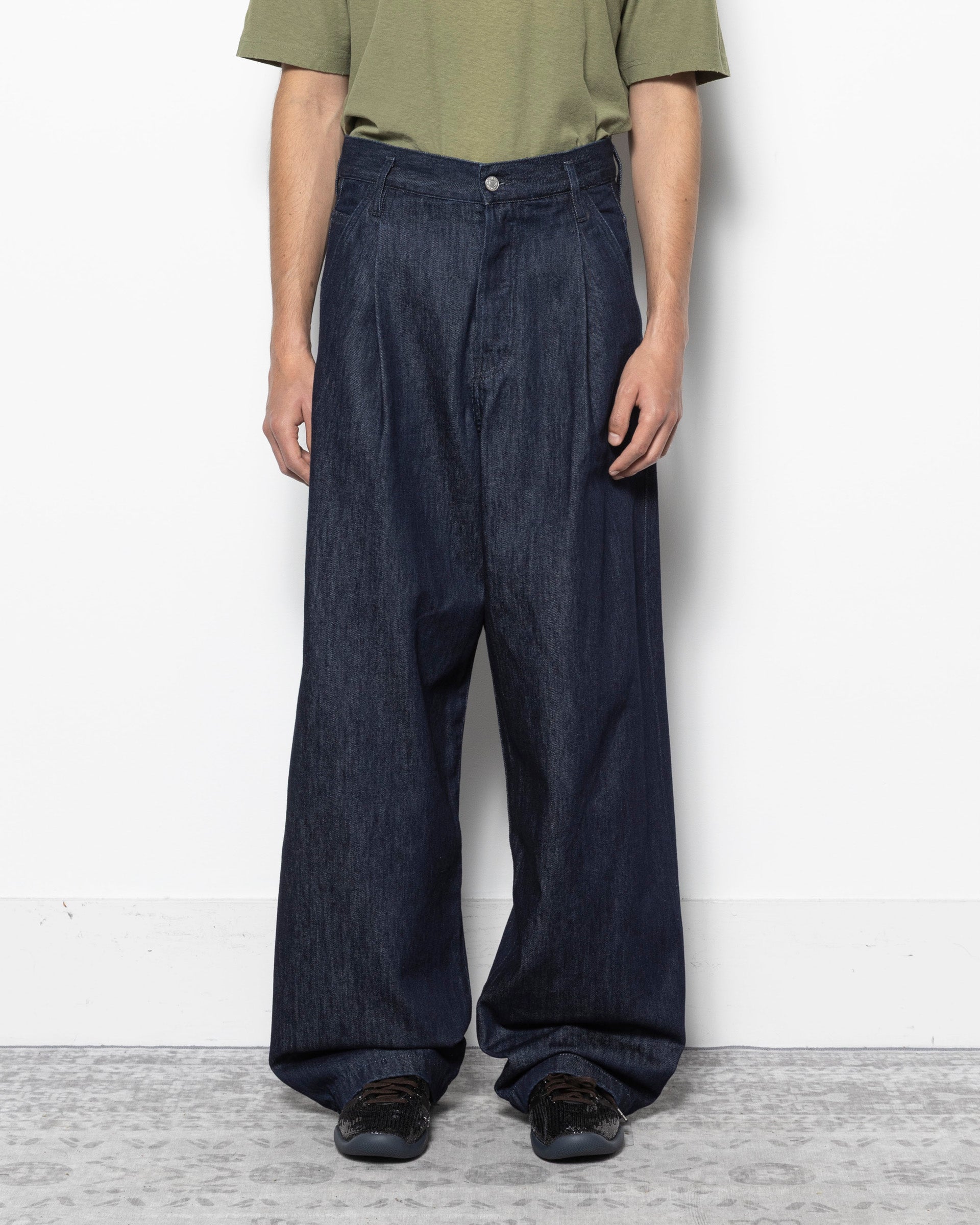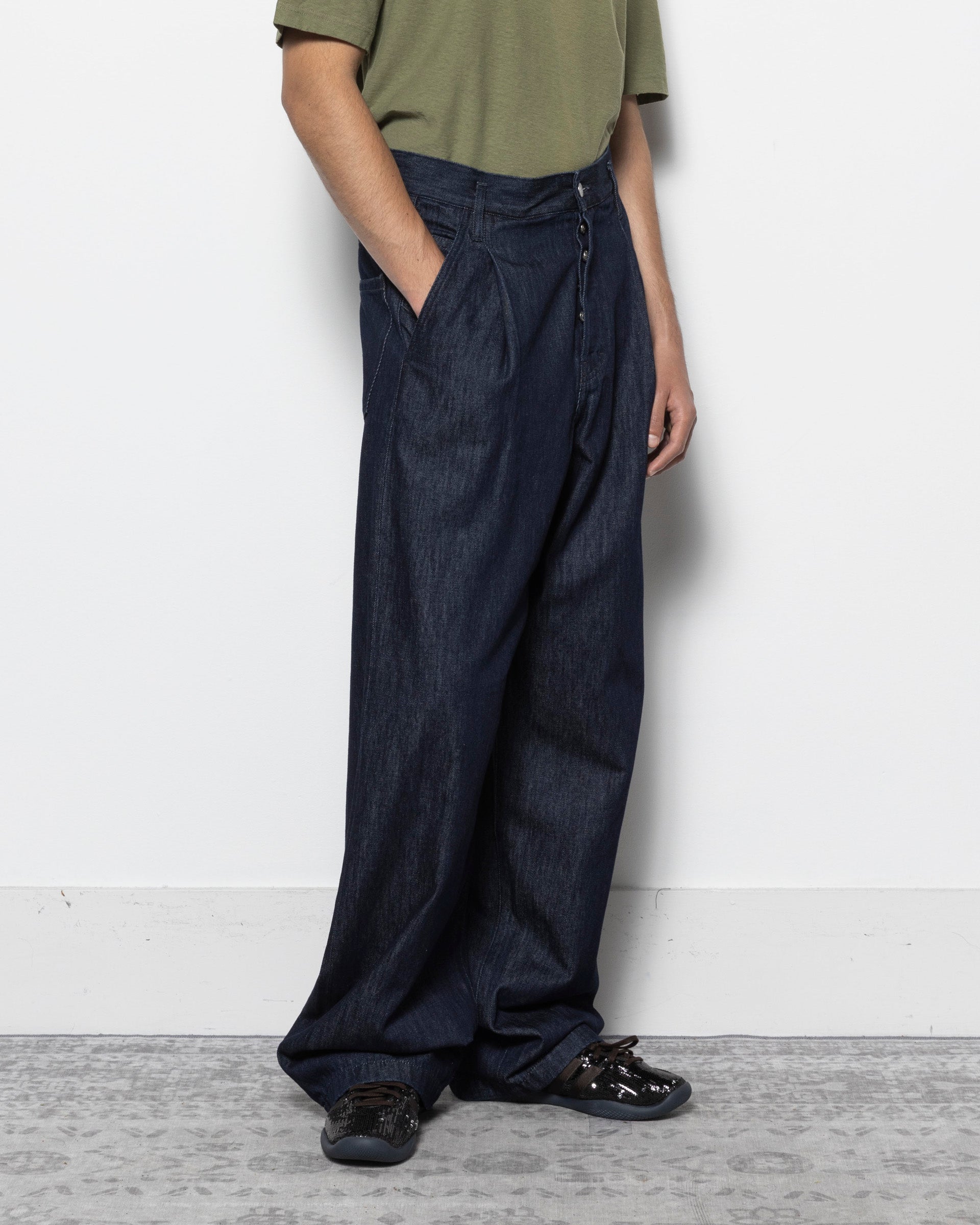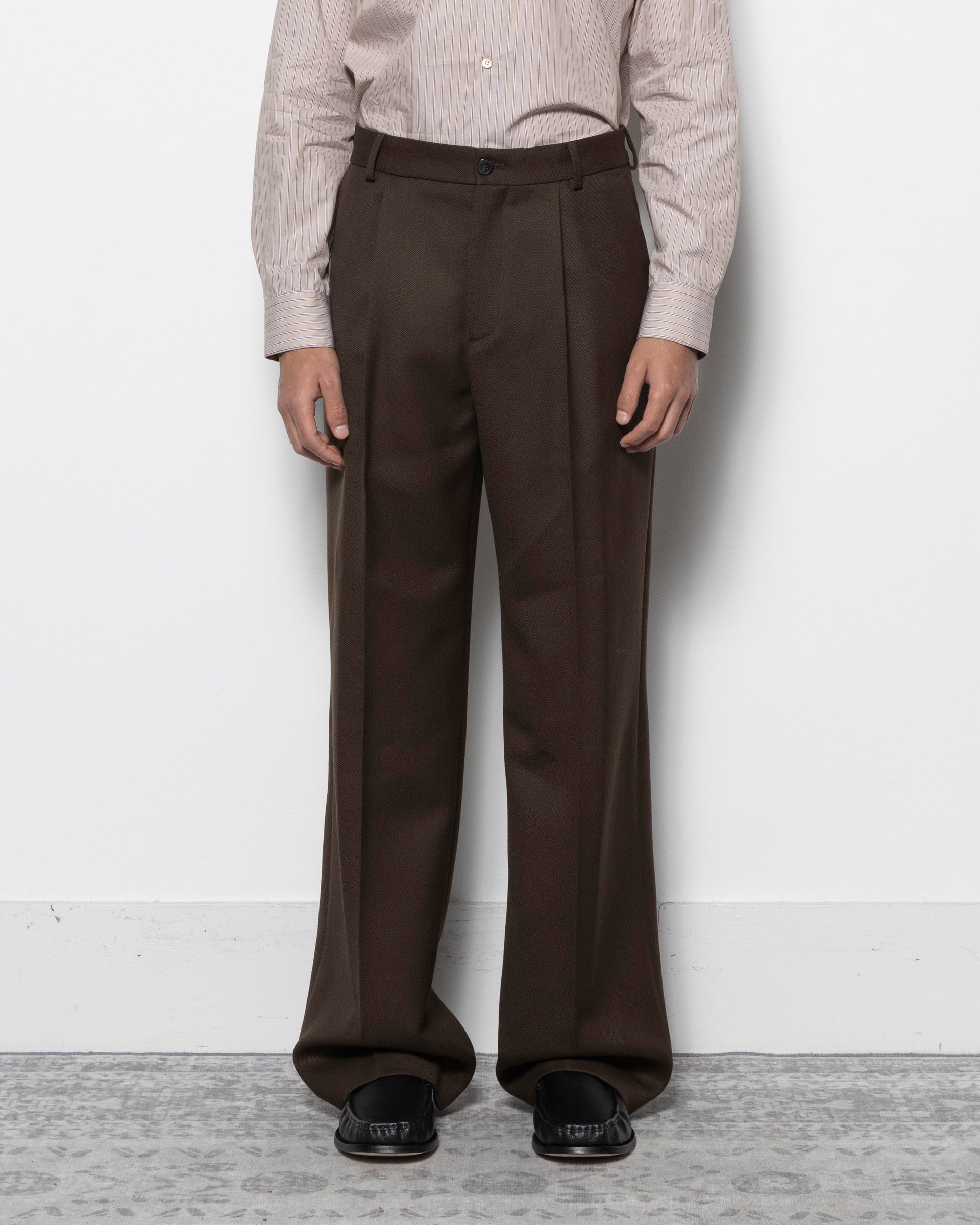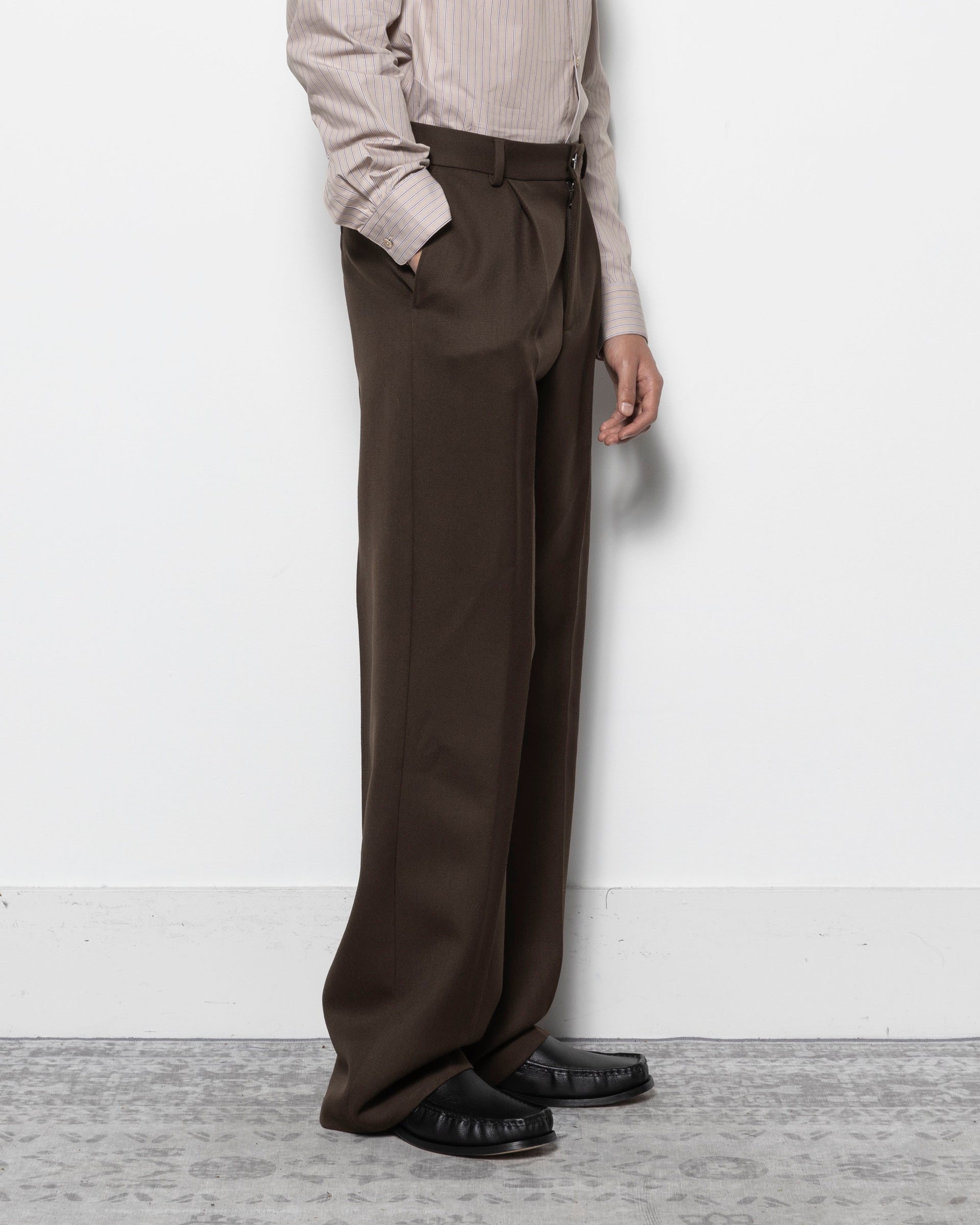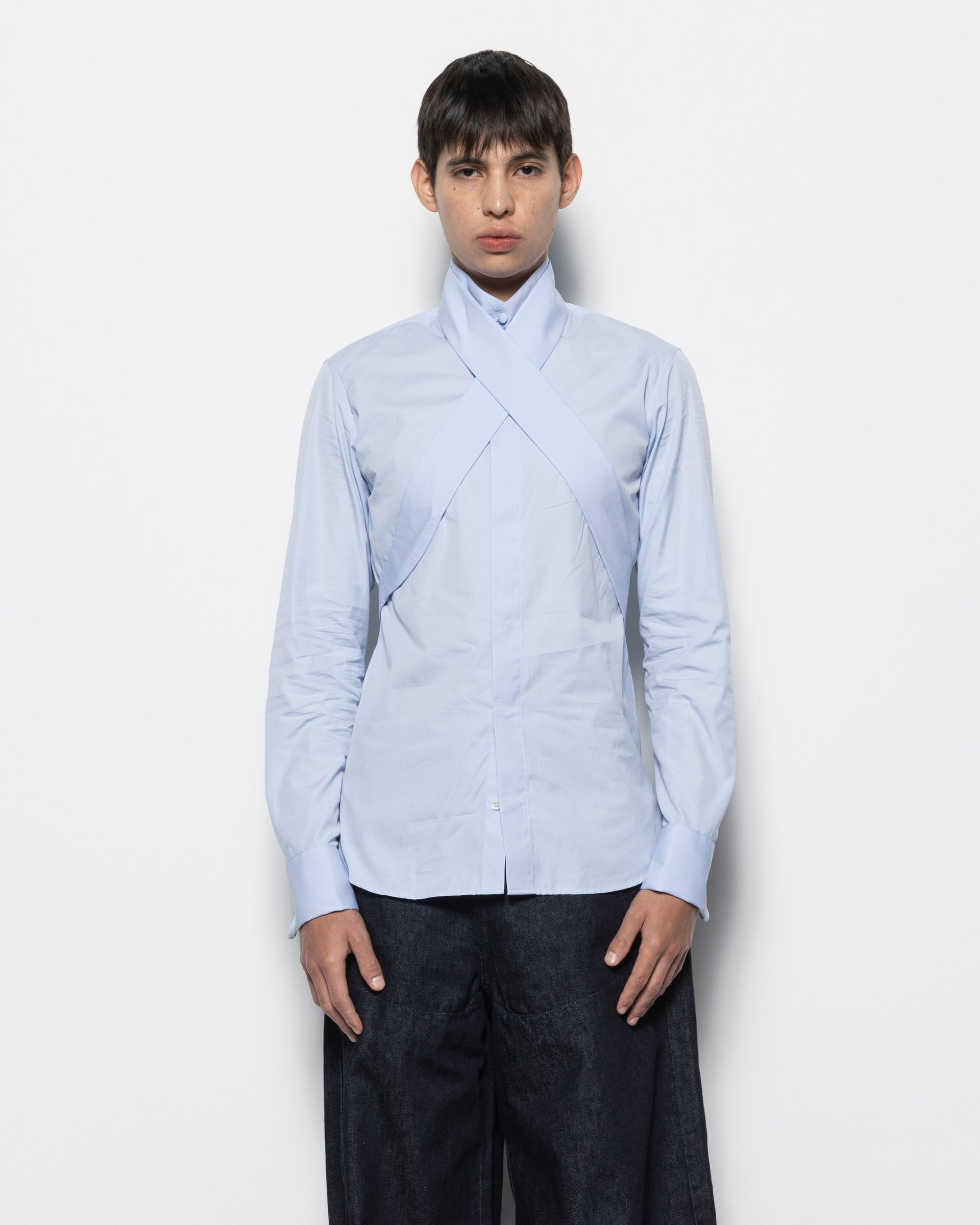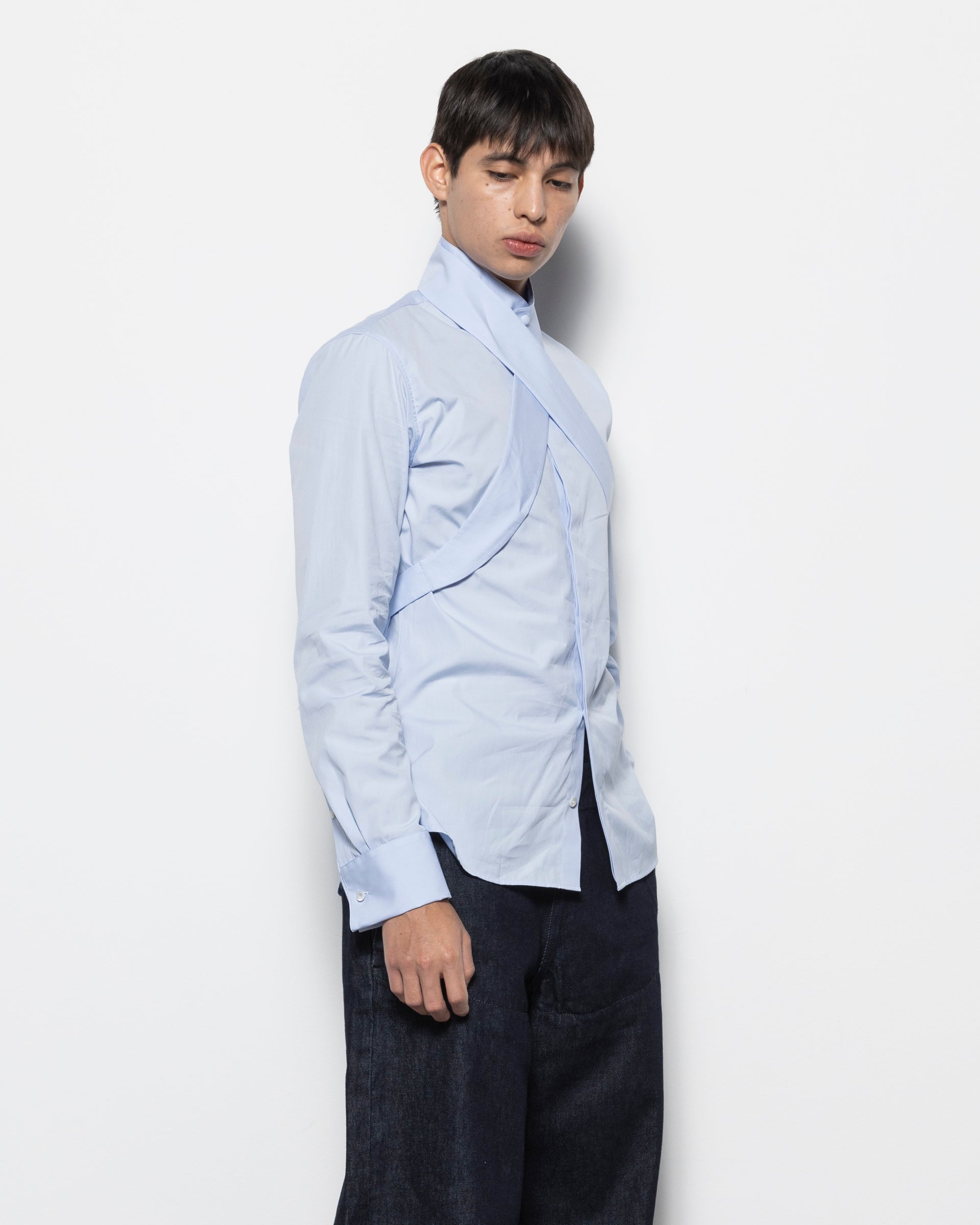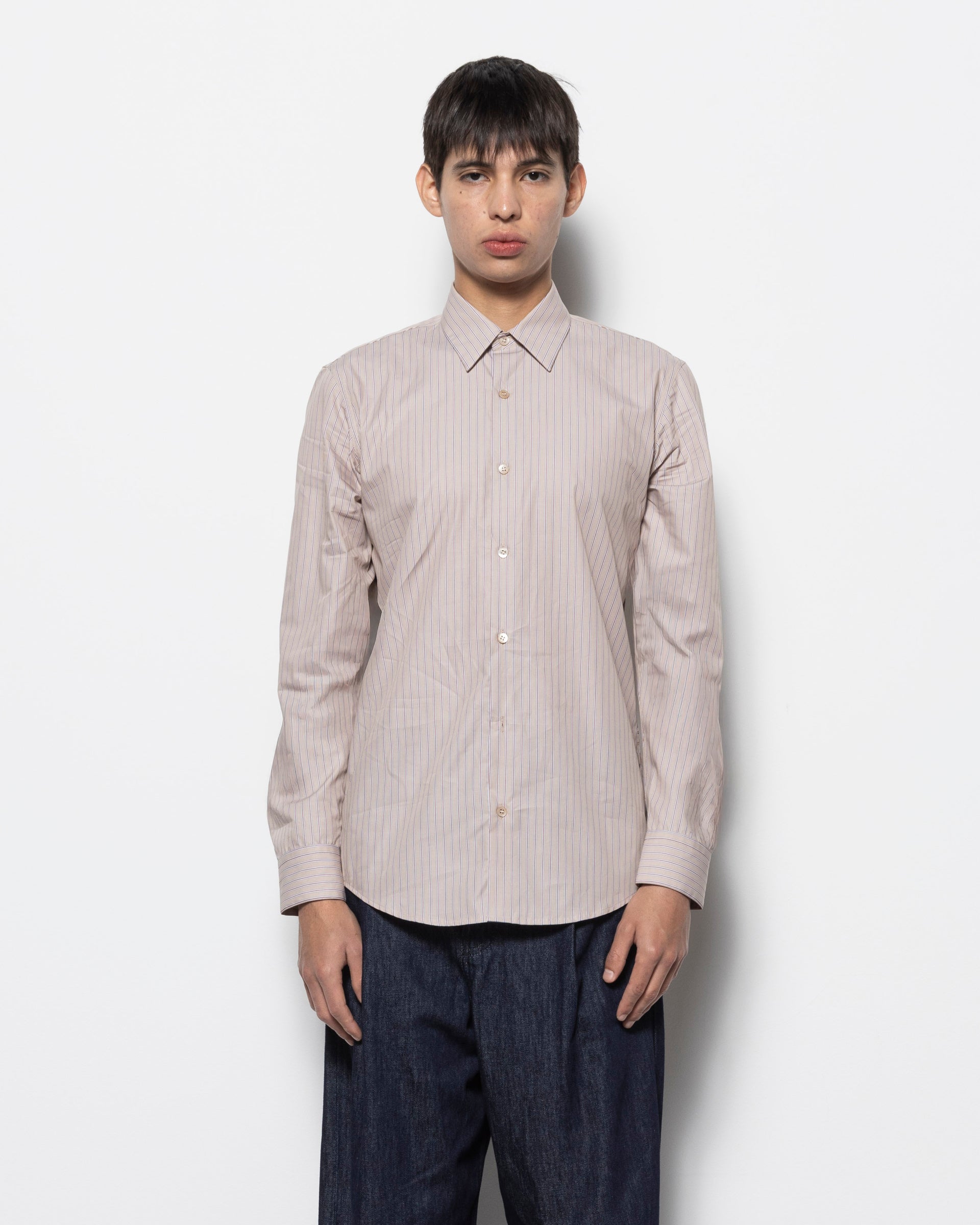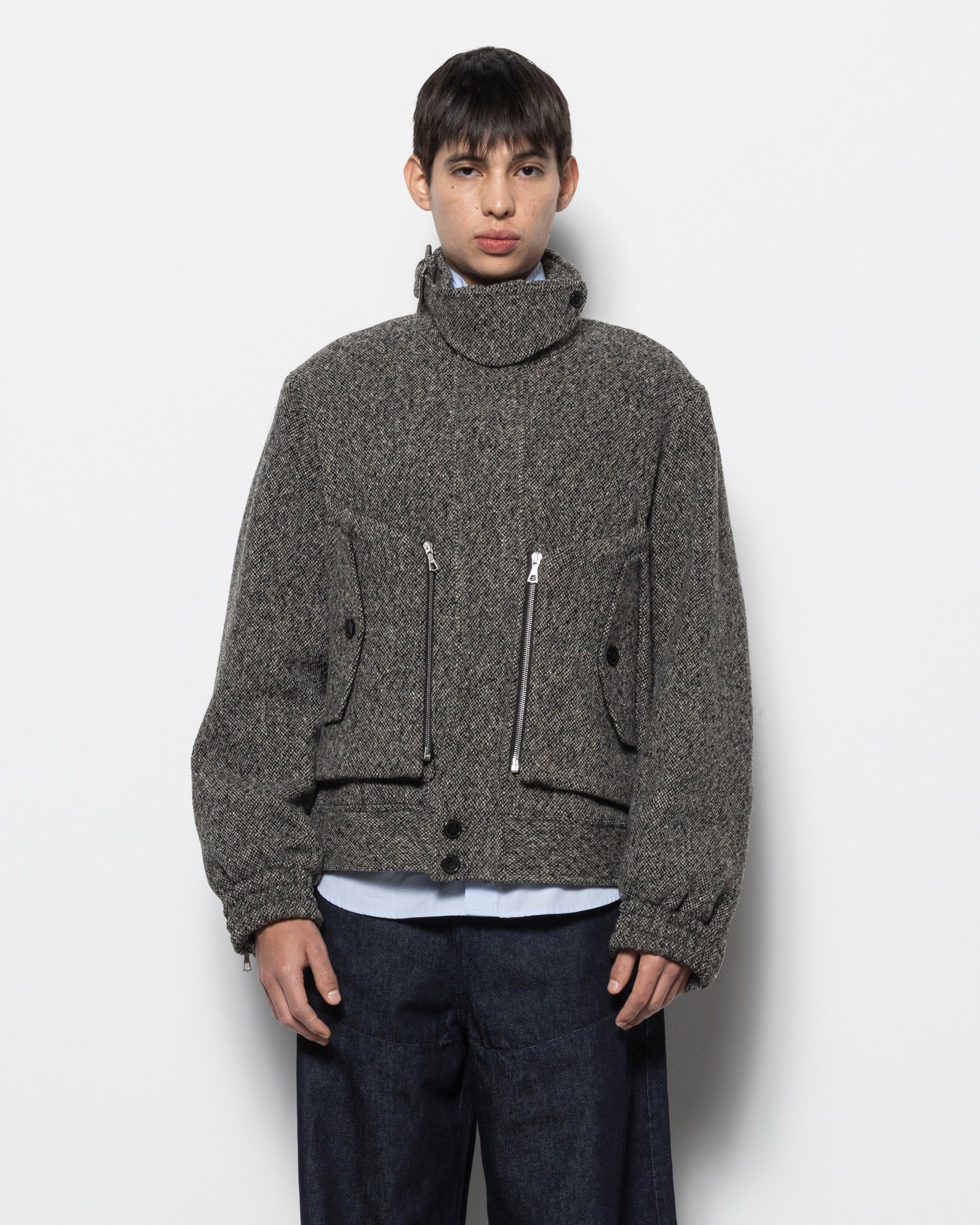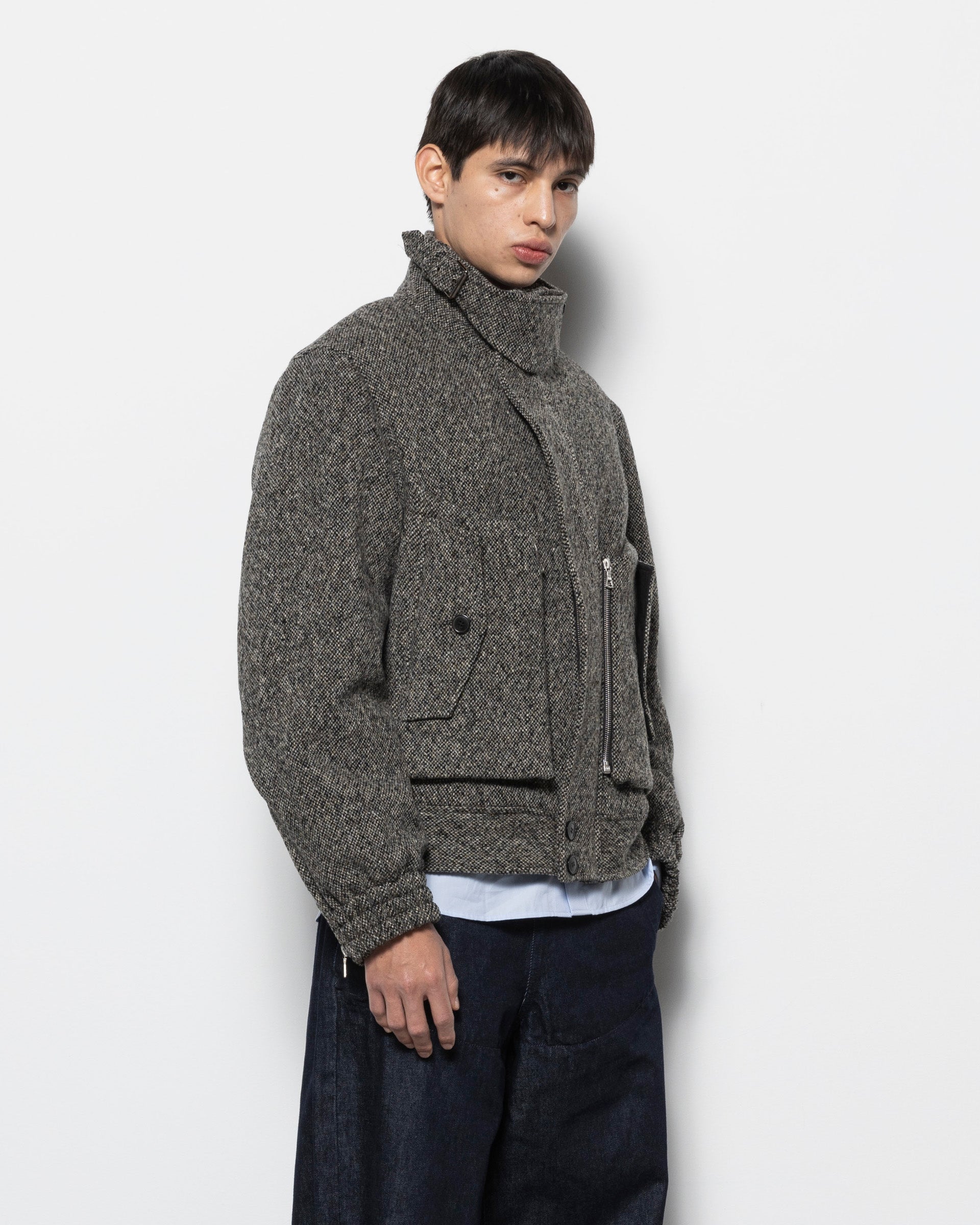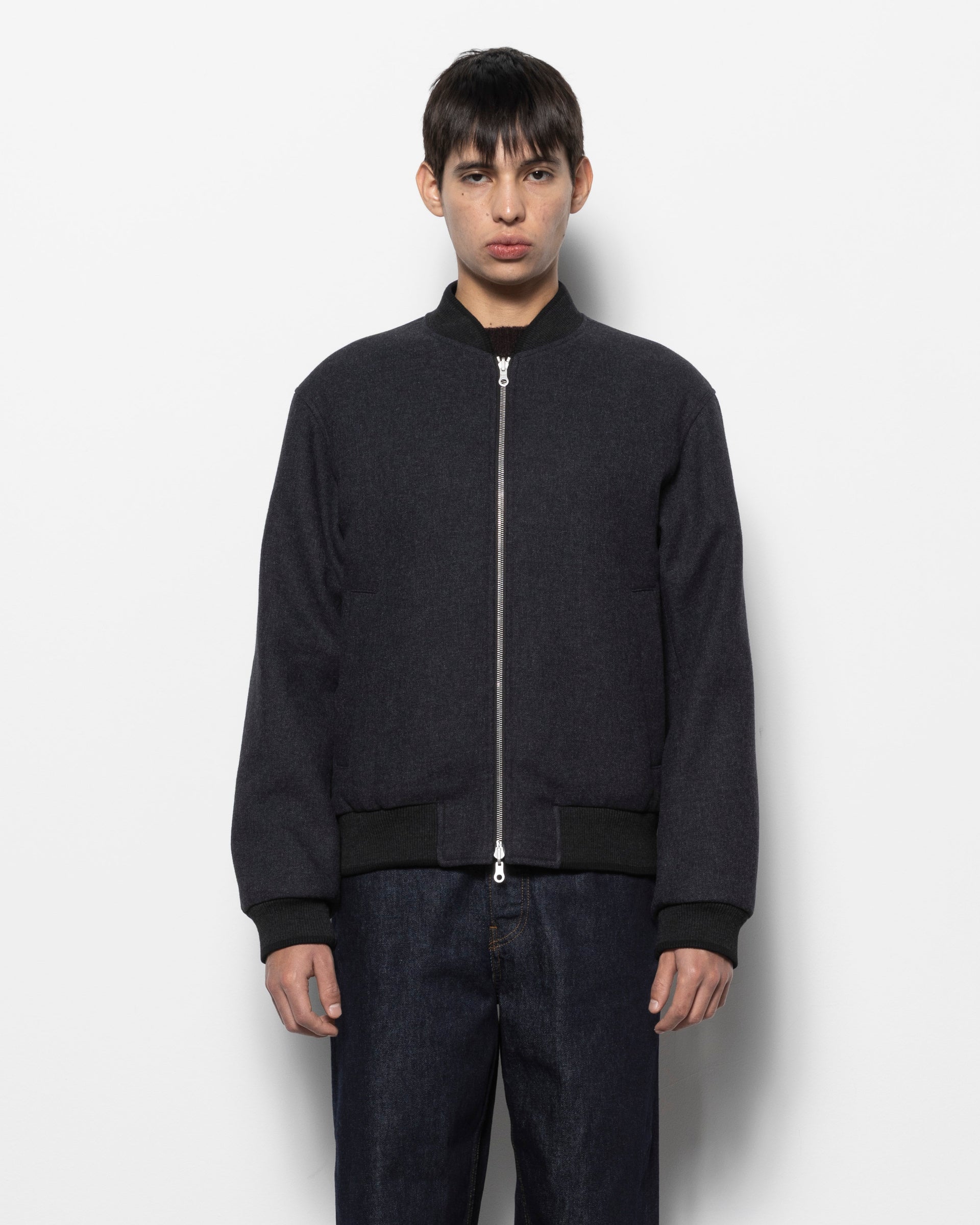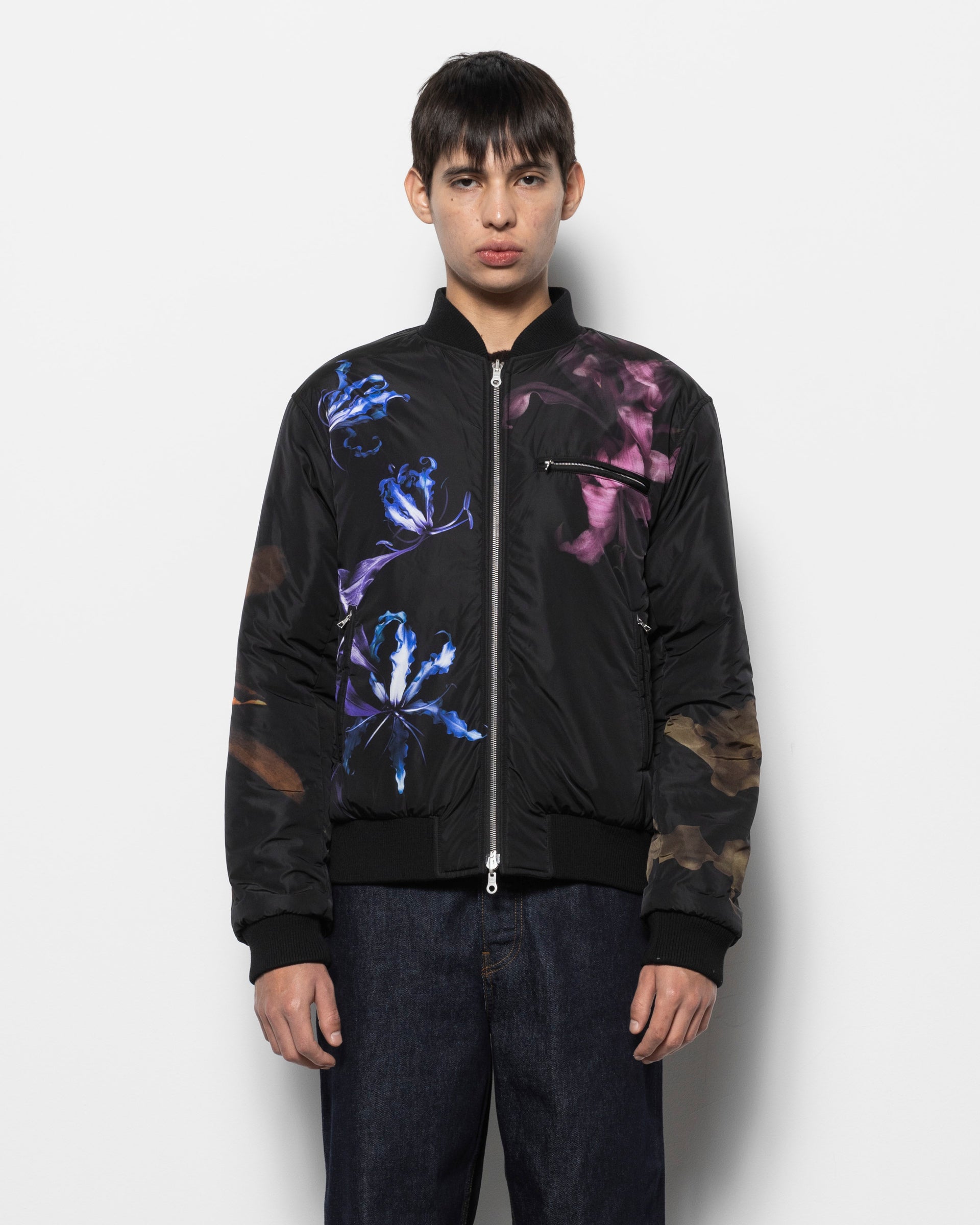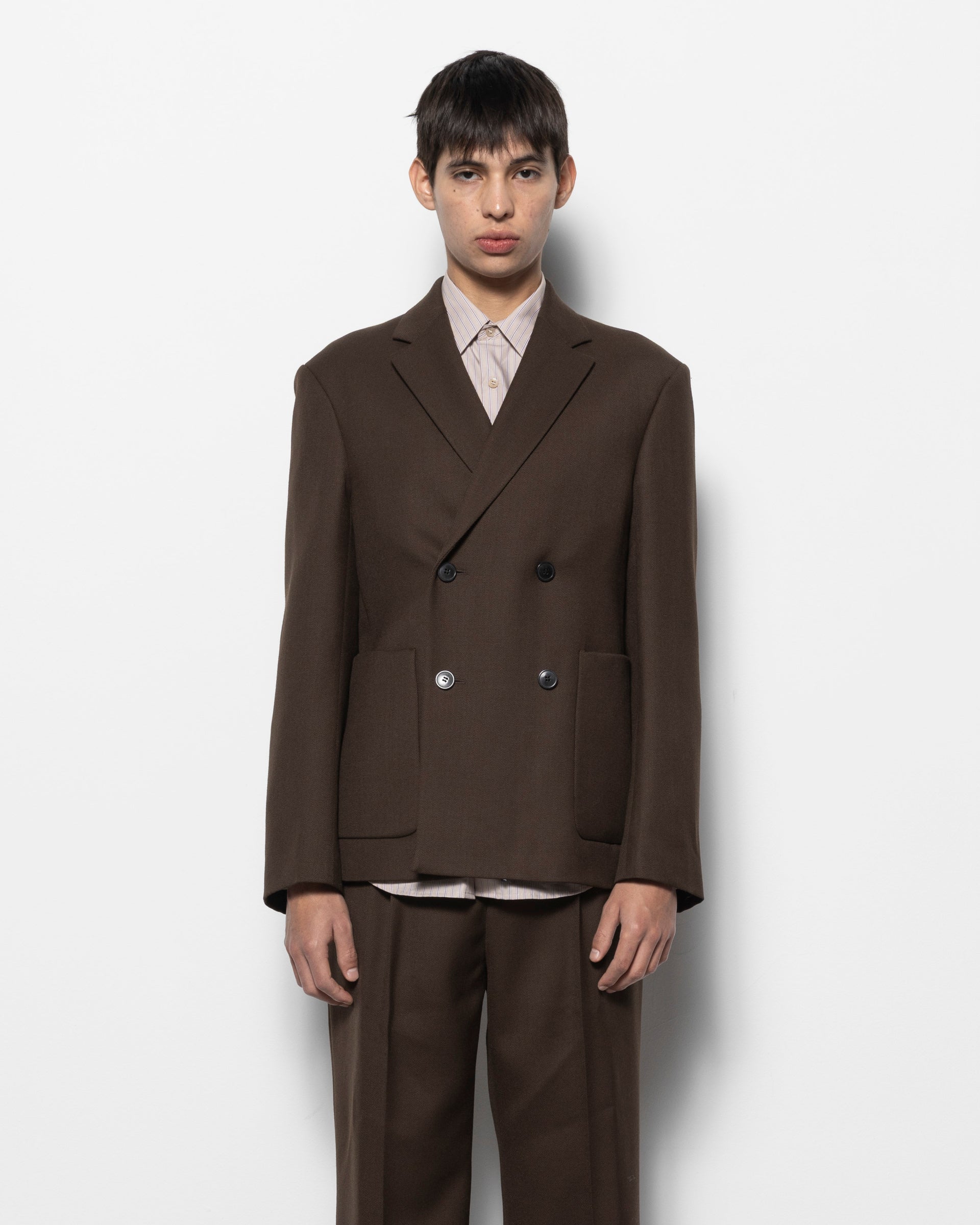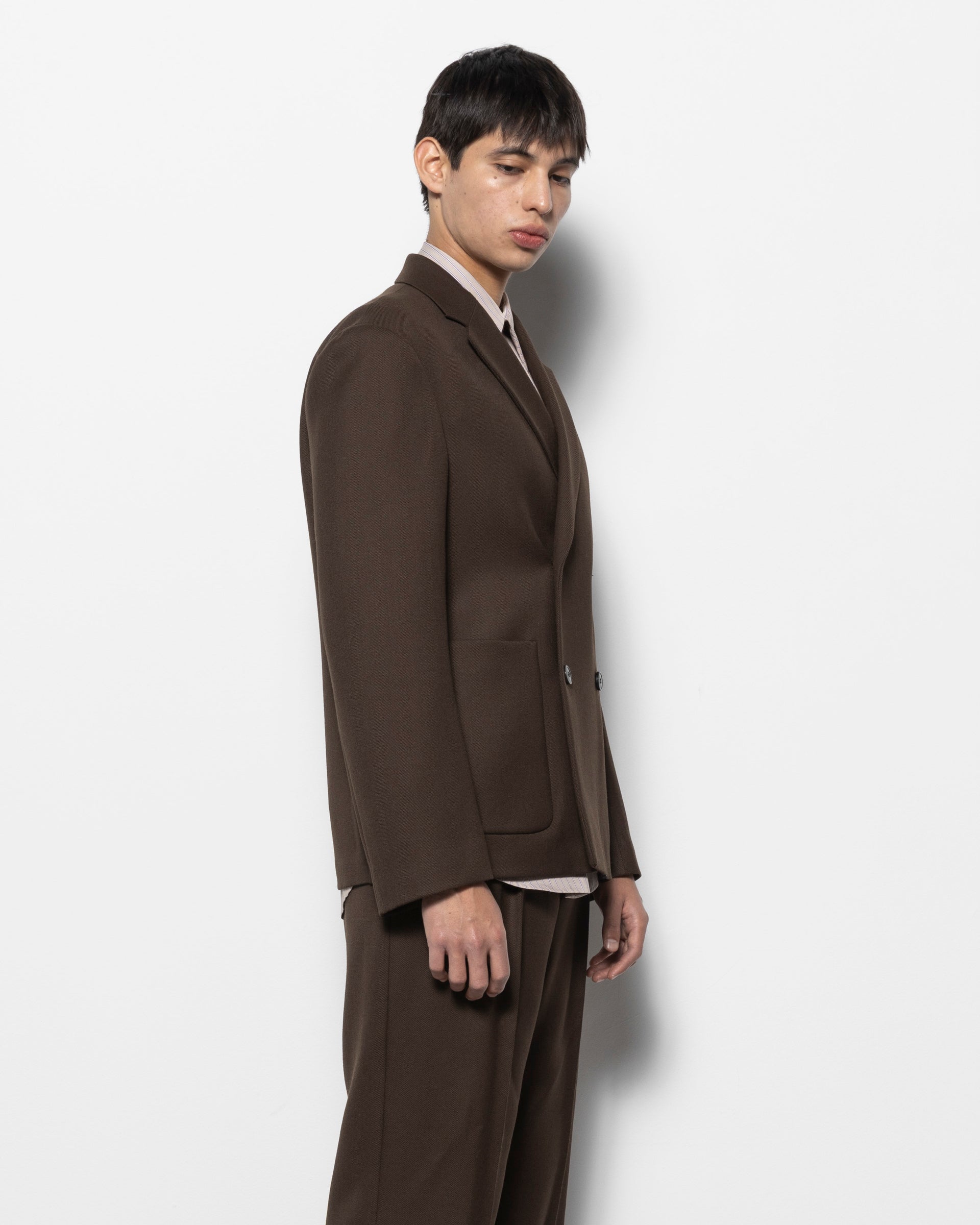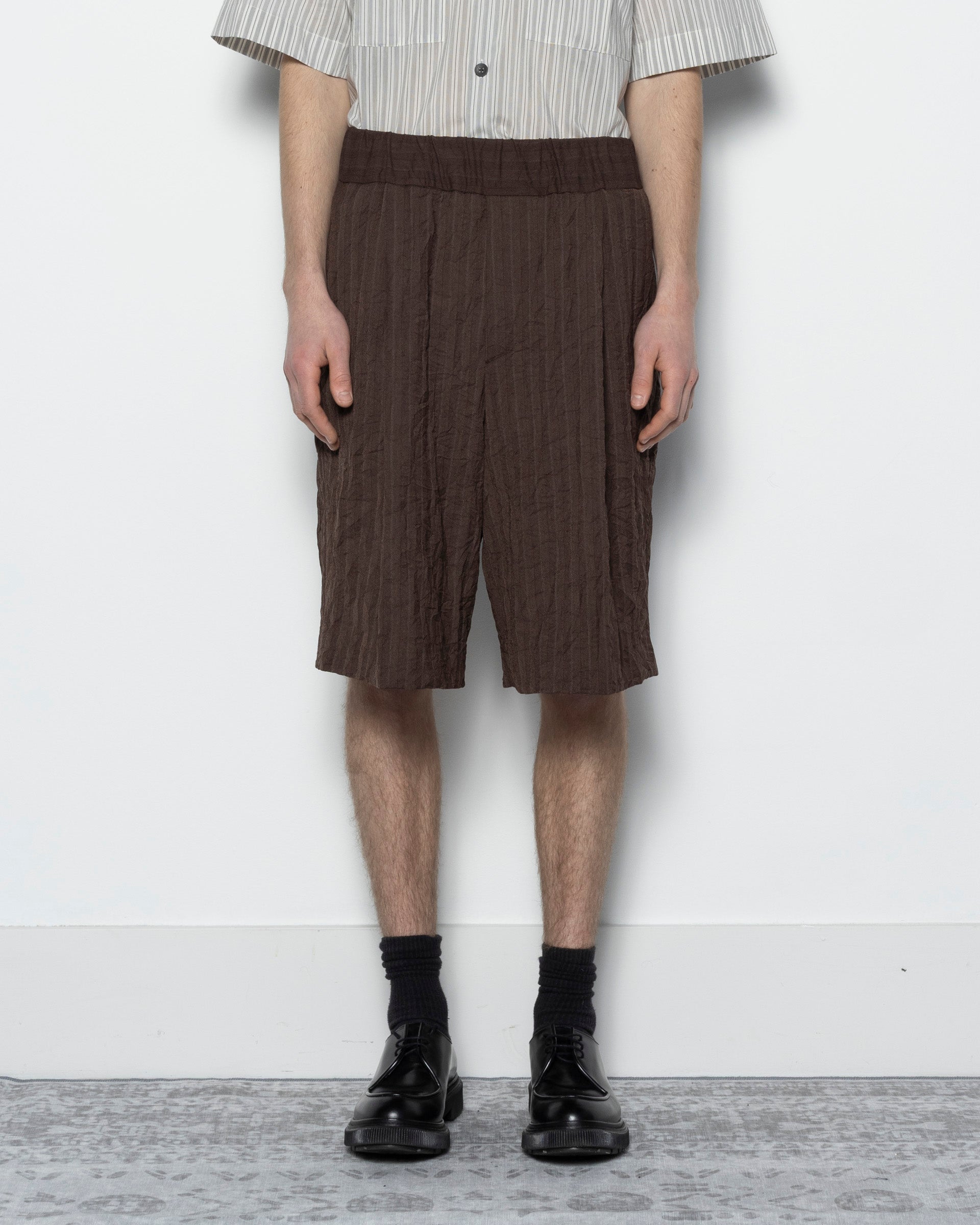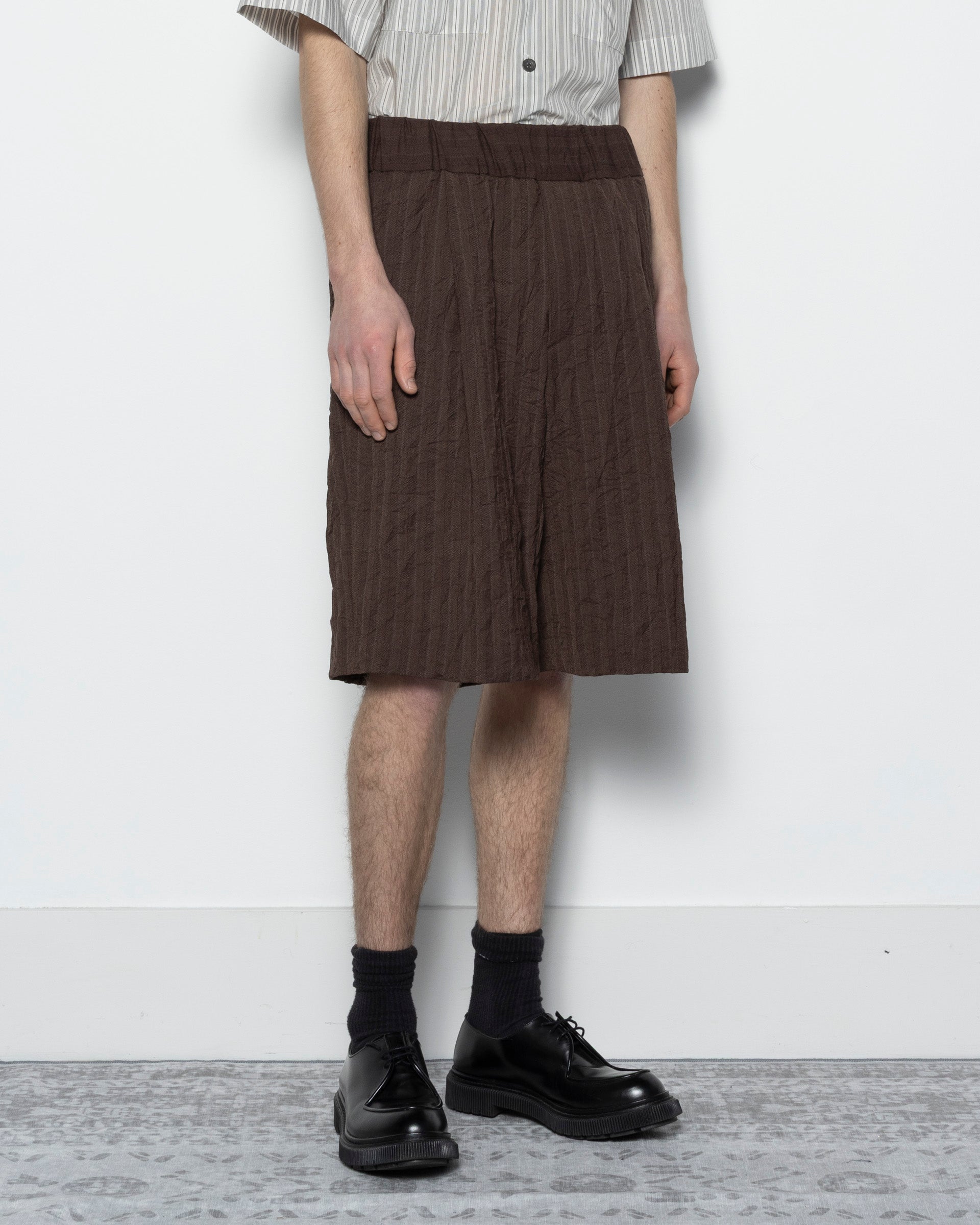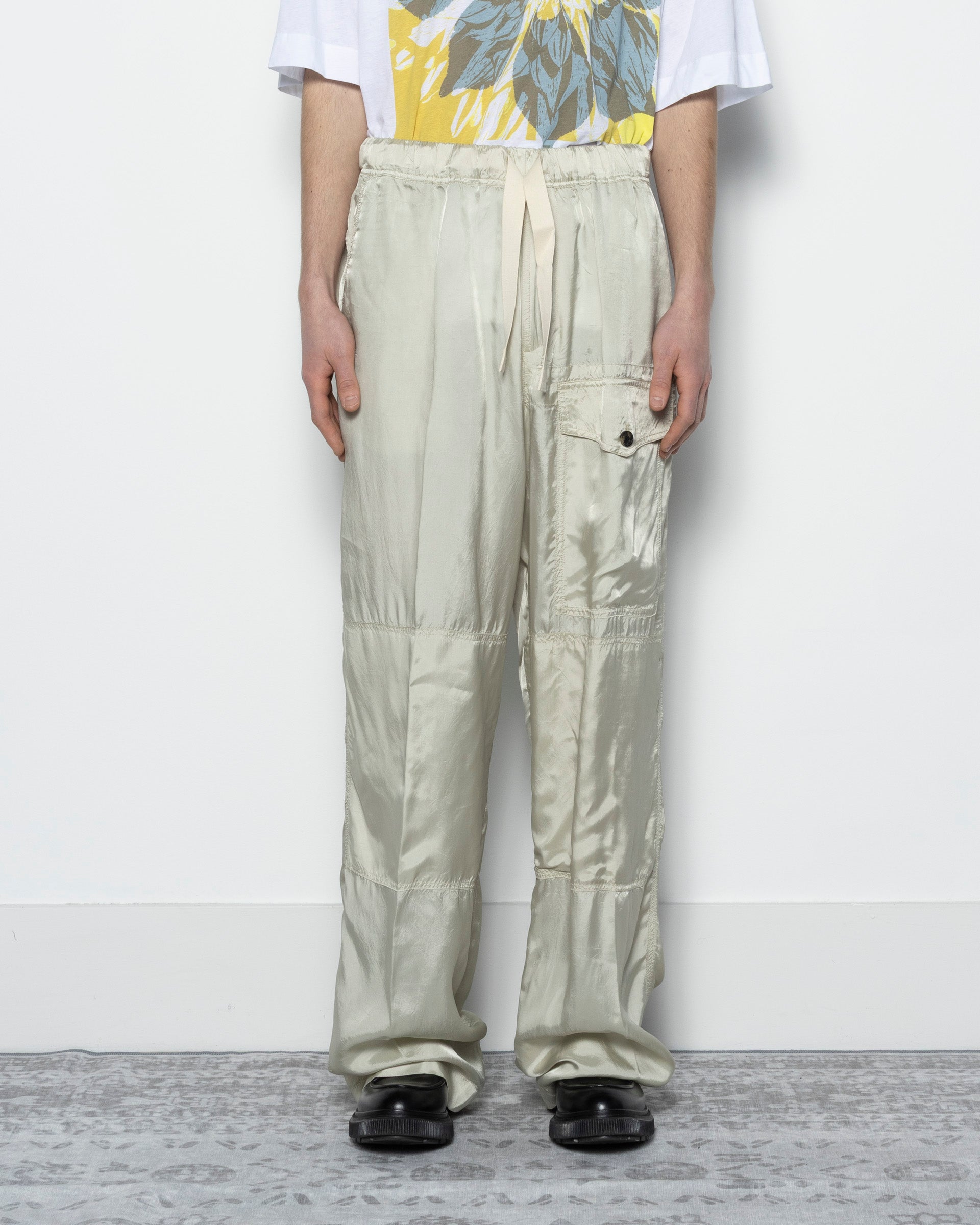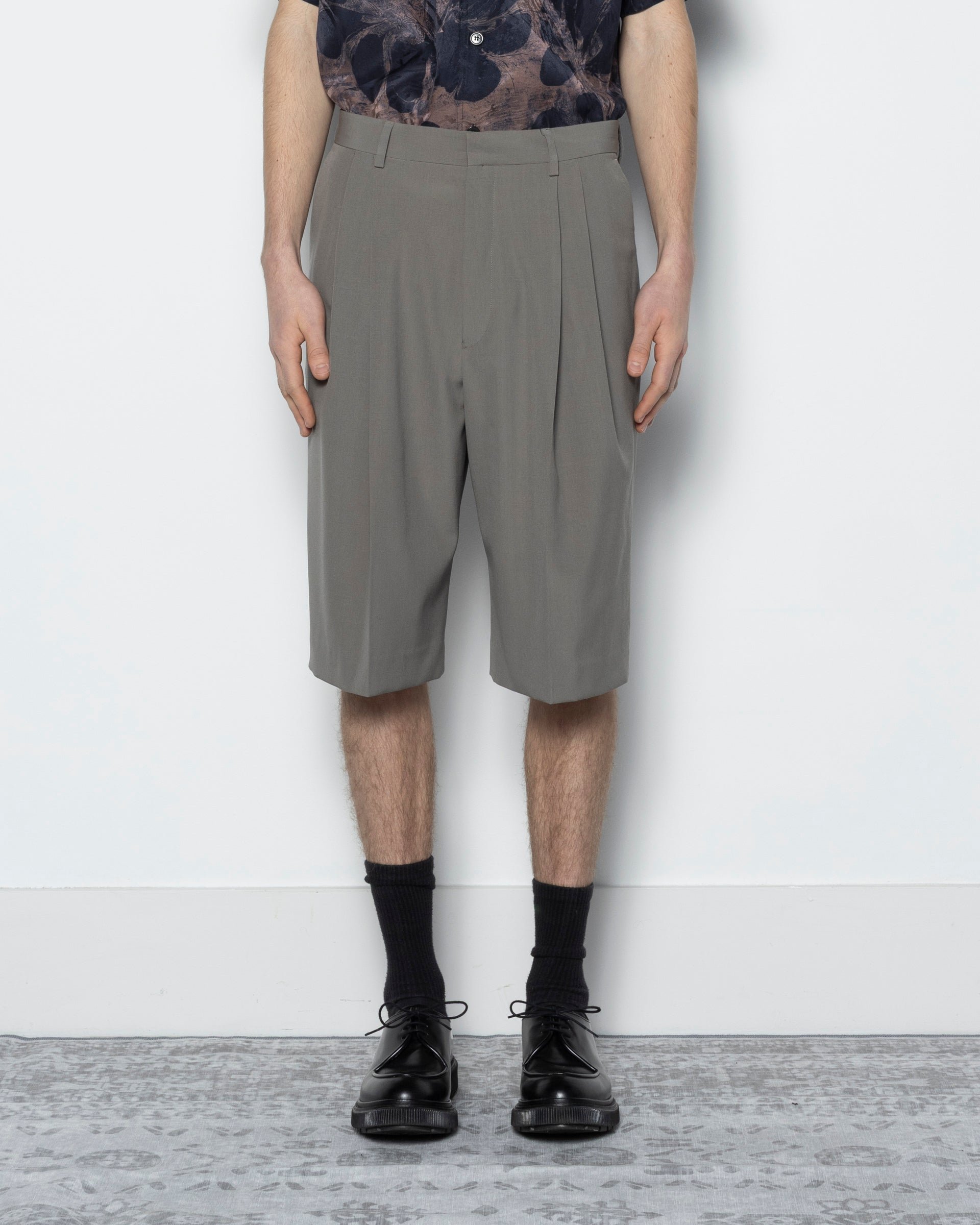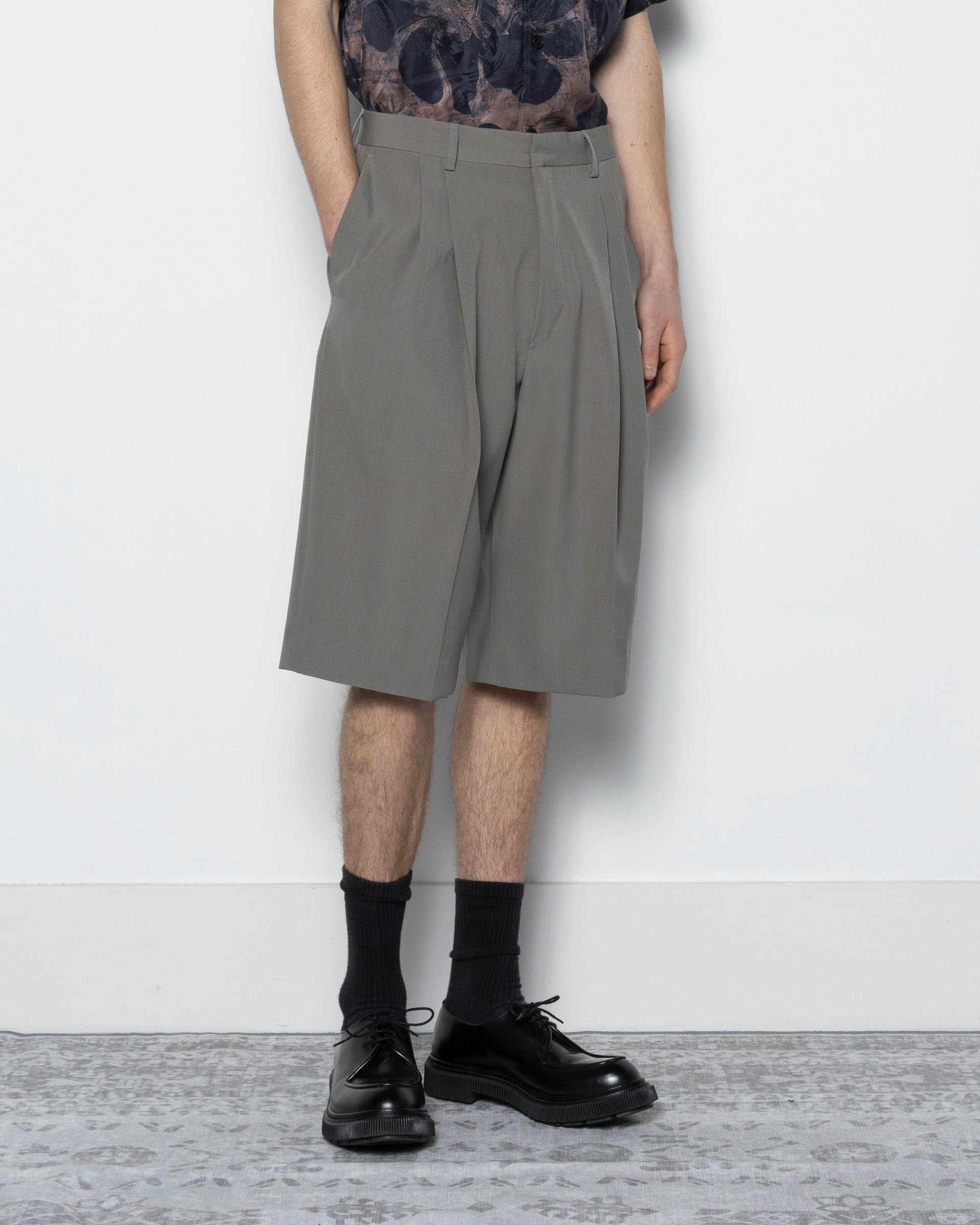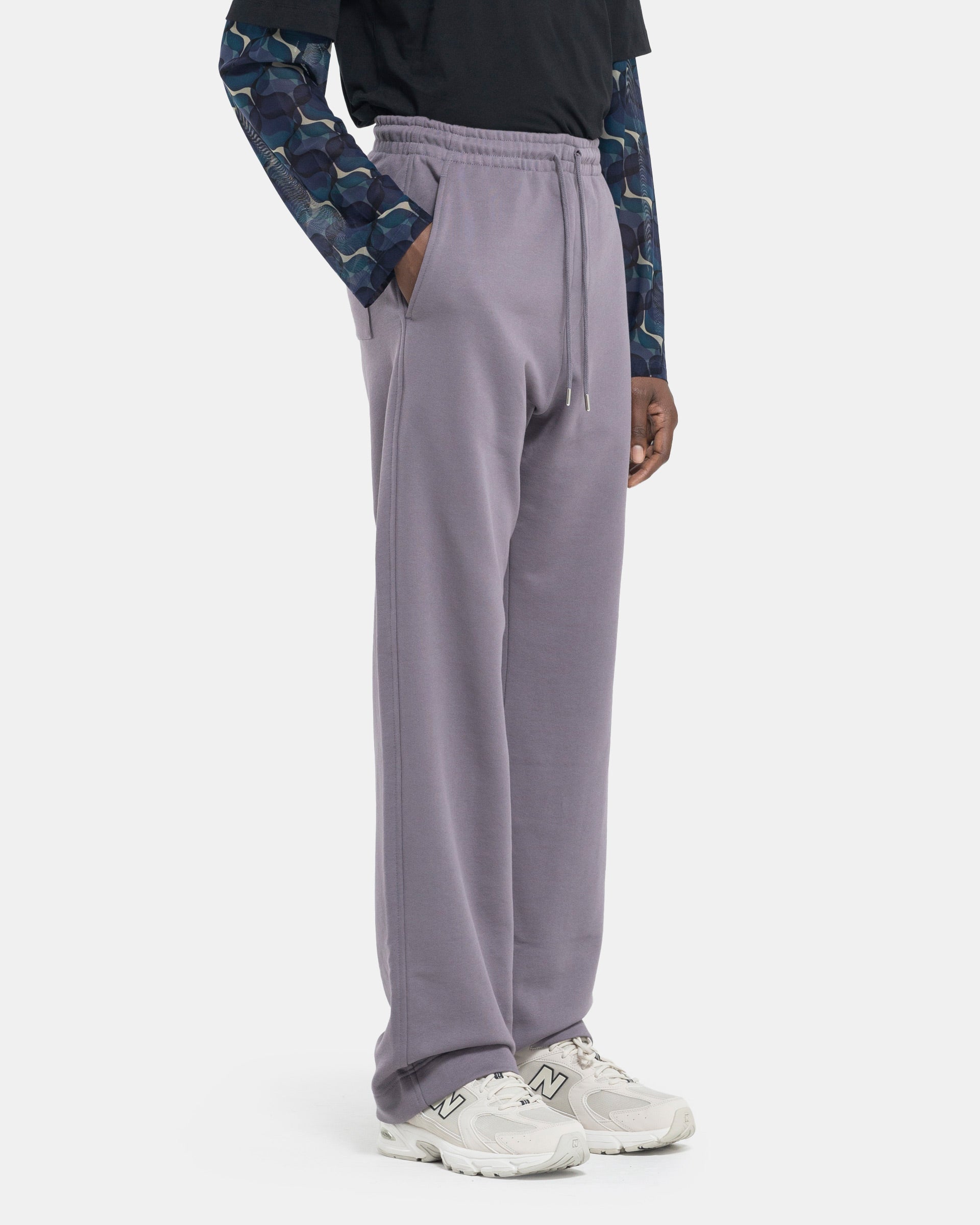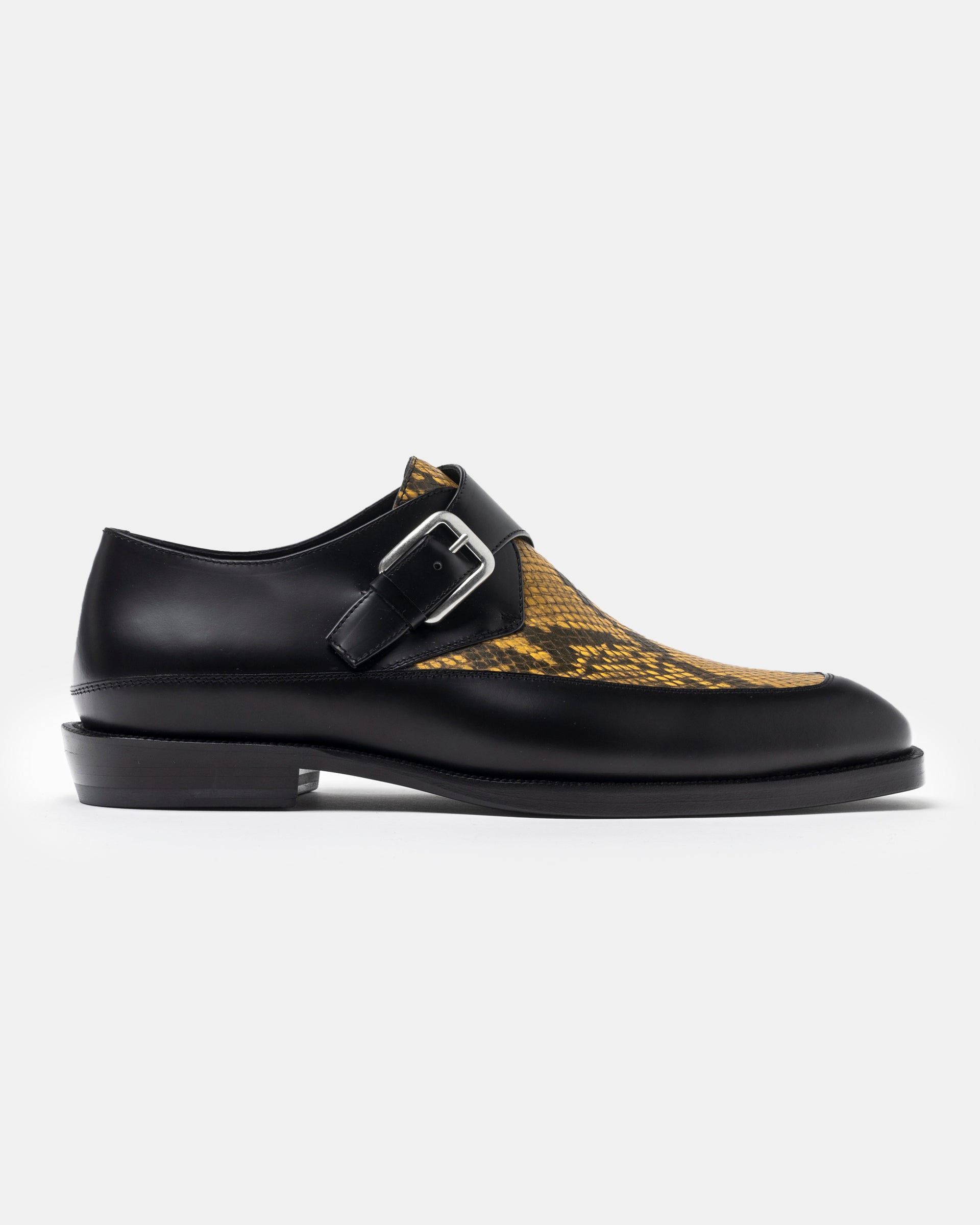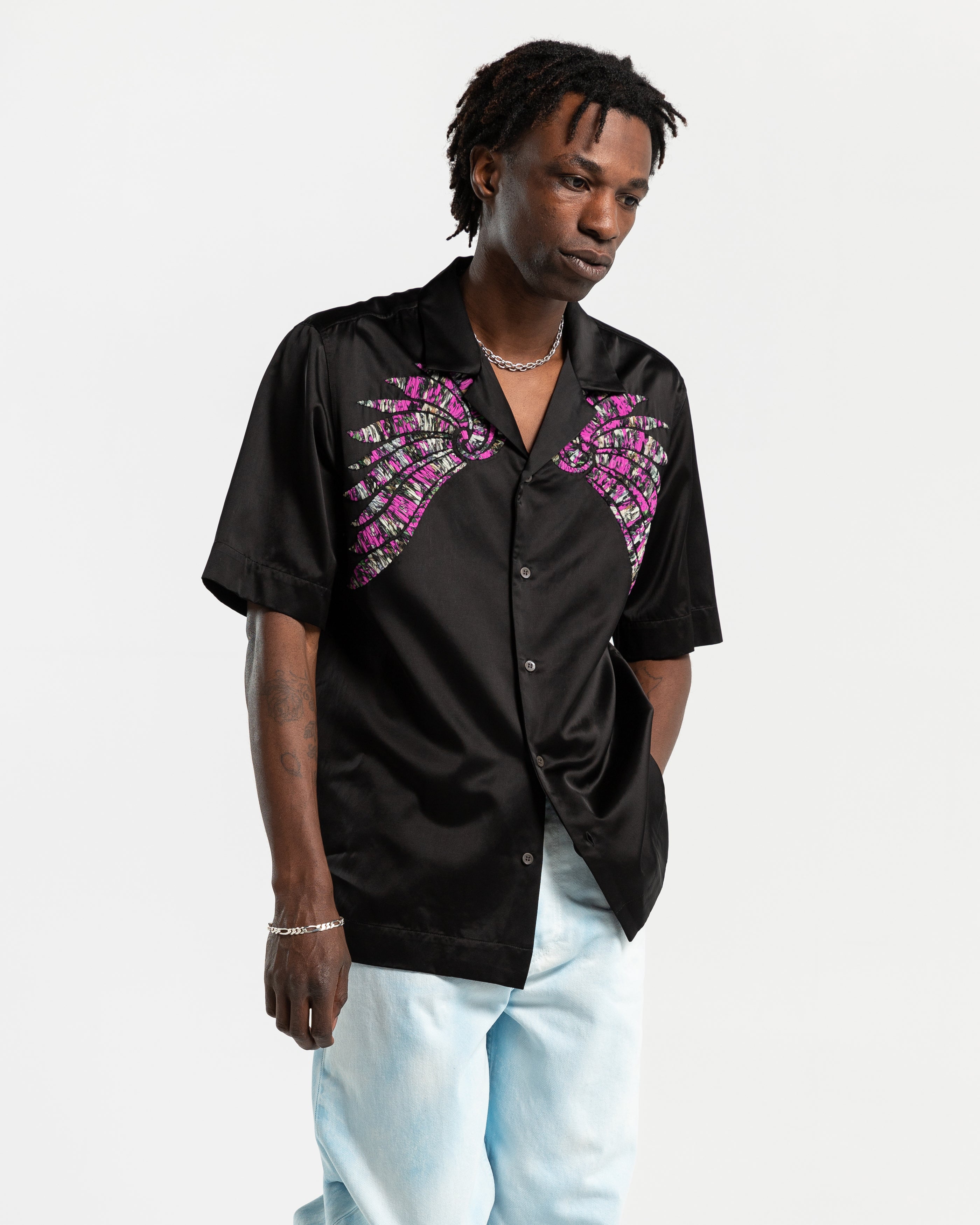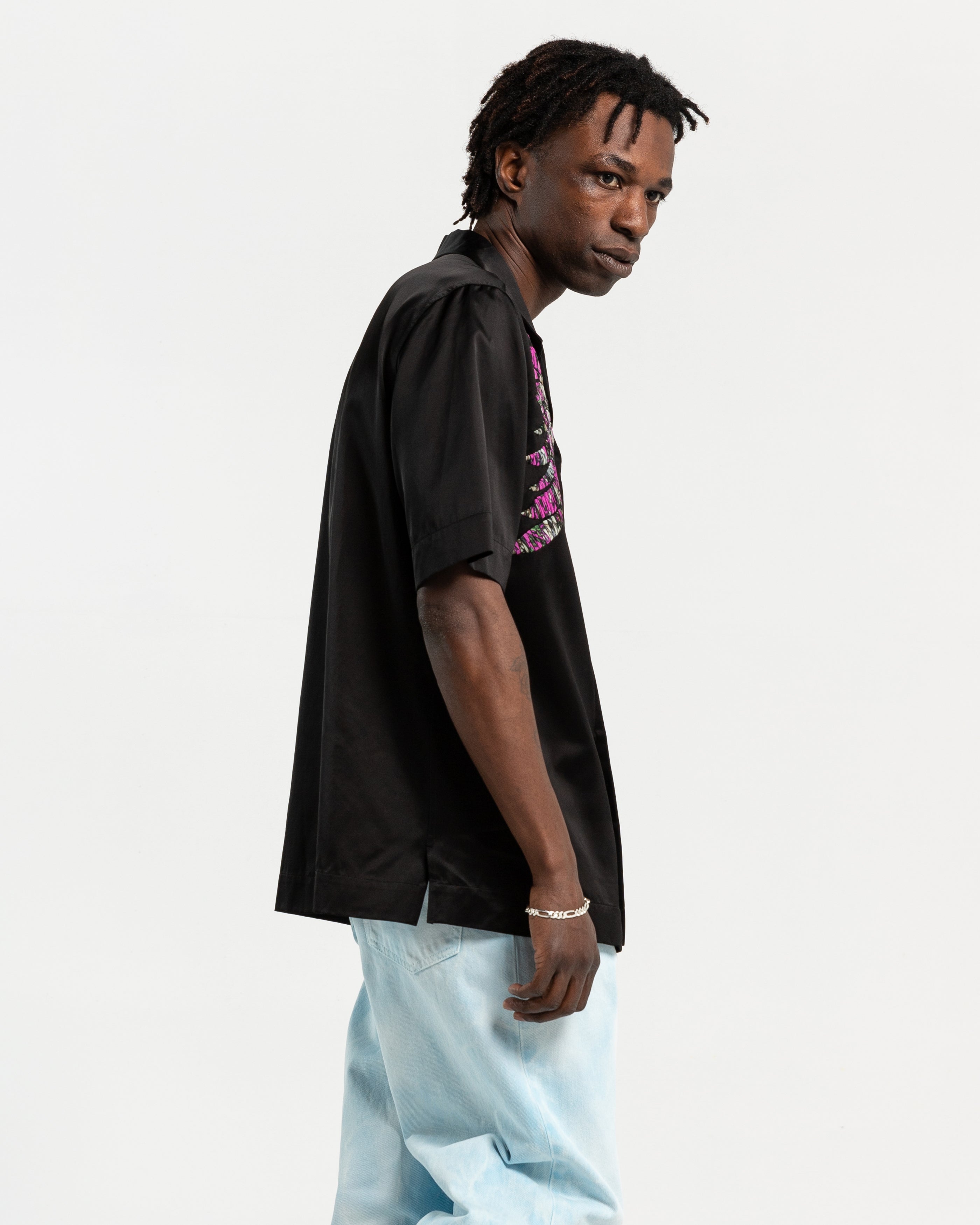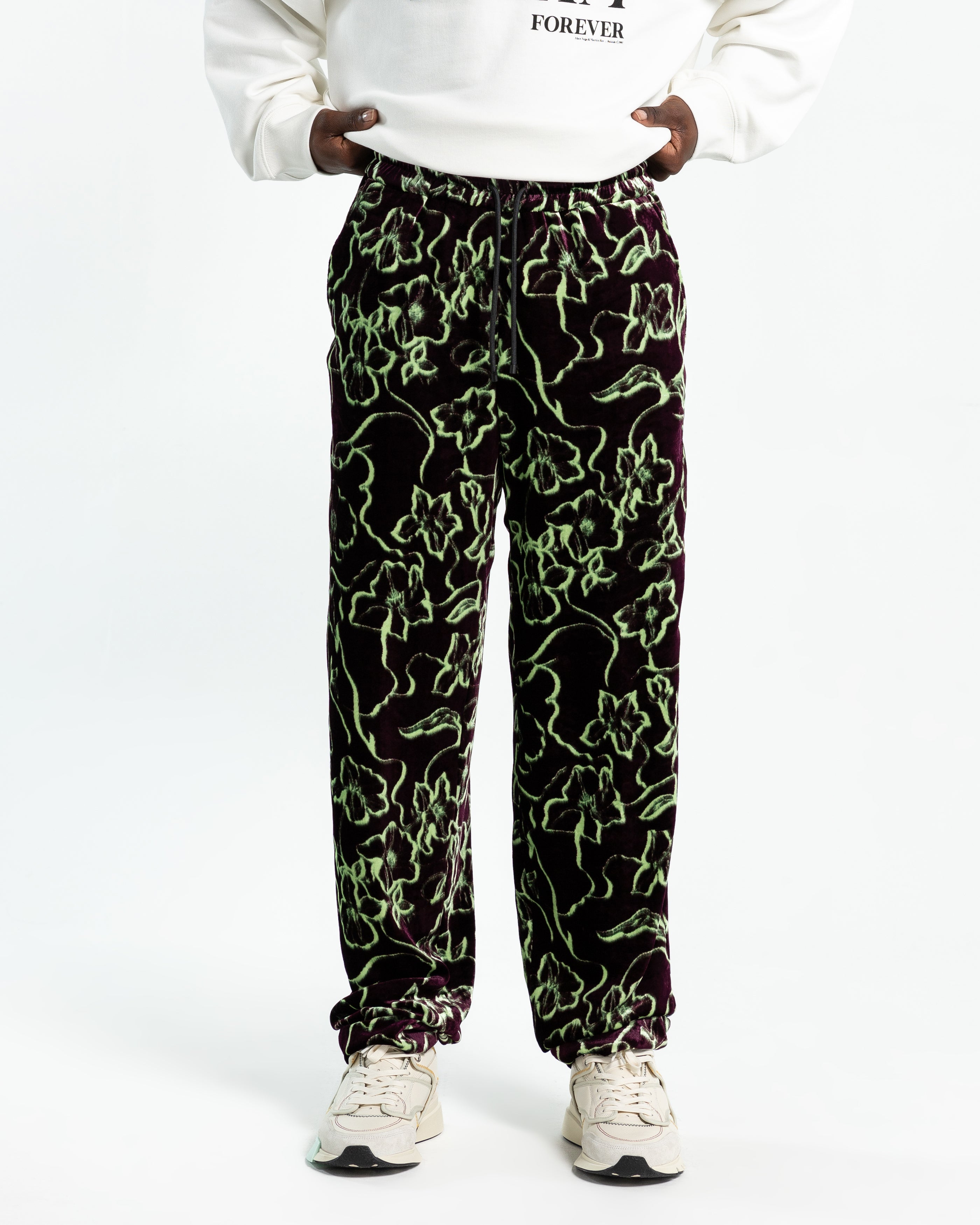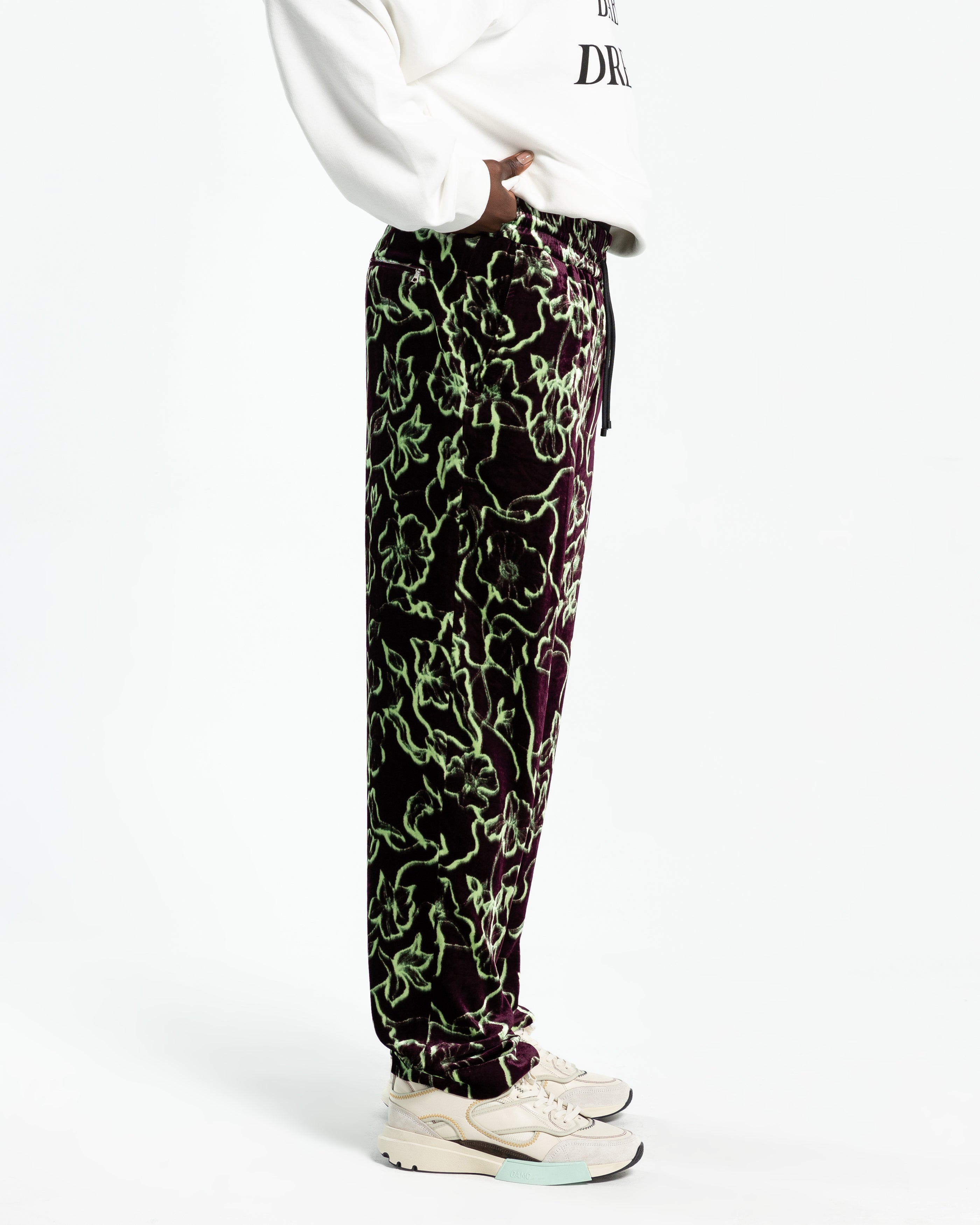When Dries Van Noten stepped away from his namesake brand, it felt like the end of an era. For nearly four decades, he had built such a distinct universe that many of us wondered how it could continue without him. The answer, now, is Julian Klausner.
Julian Klausner: From Margiela to Dries Van Noten
Klausner’s journey with the house began in 2018, after working under John Galliano at Maison Margiela. Within Dries Van Noten, he quickly rose to become head of womenswear before being appointed creative director. That background in womenswear is important—it now shapes the way he approaches menswear, bringing in a touch of softness while keeping the strength of the house intact.
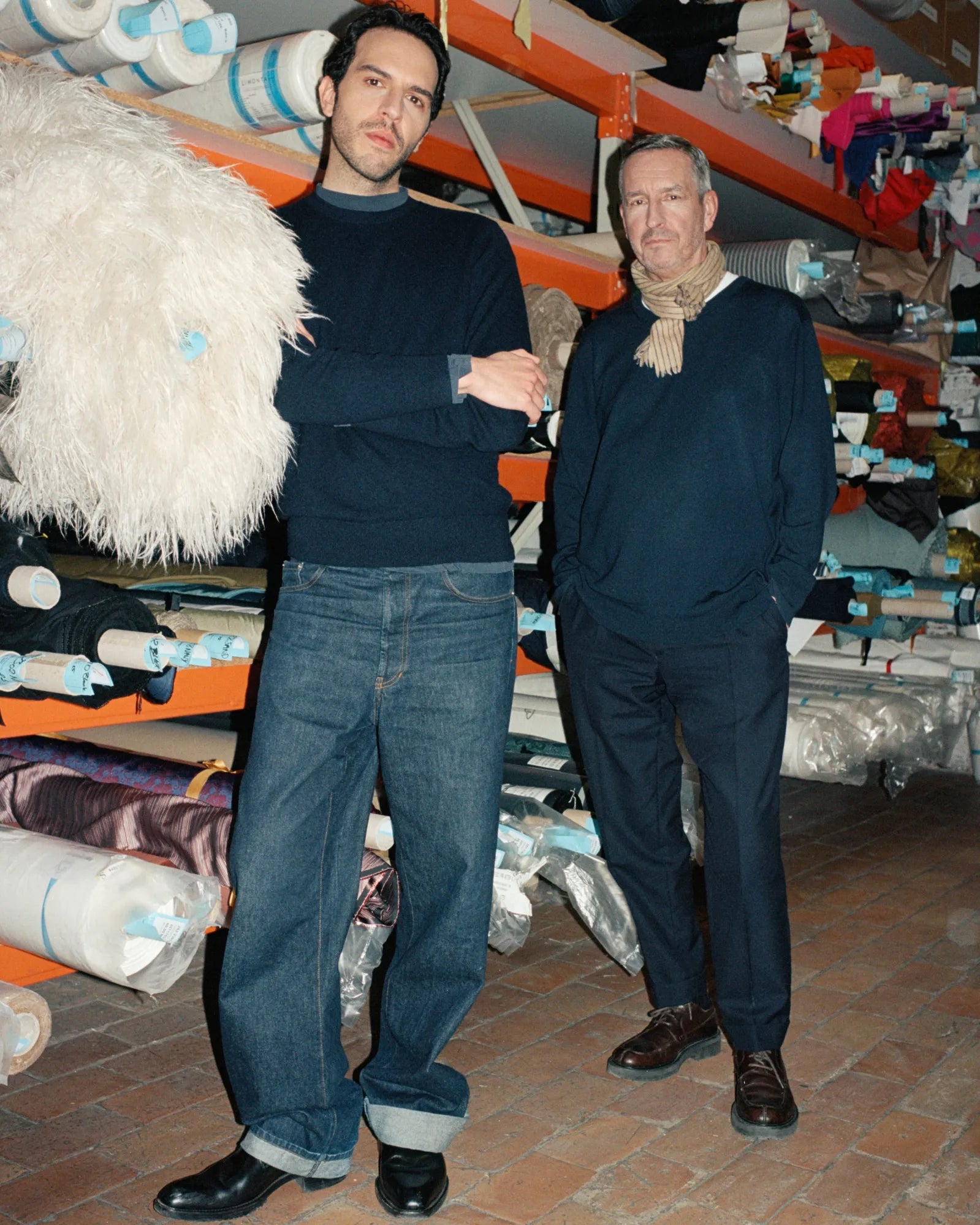
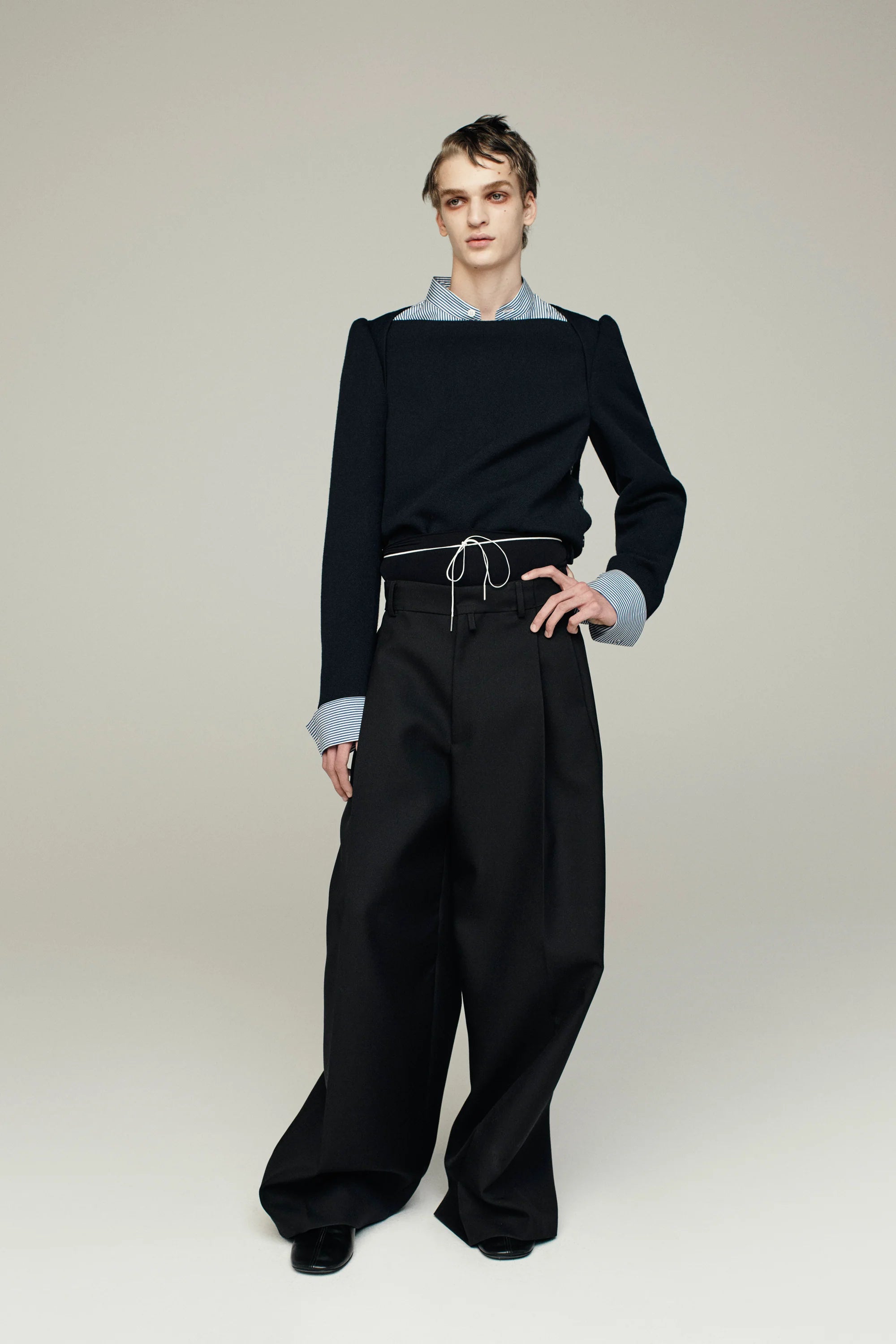
A Careful First Step: Fall/Winter 2025
His first collection in this new role was Fall/Winter 2025. It wasn’t about taking over with a heavy hand. As Vogue noted, the collection was “designed by the Dries Van Noten Studio and directed by Julian Klausner.” Instead of reinventing everything, Klausner asked the studio team to share their ideas, then shaped them through his own lens. It was a thoughtful way of stepping into leadership—acknowledging the history of the house while slowly allowing his own voice to come through.
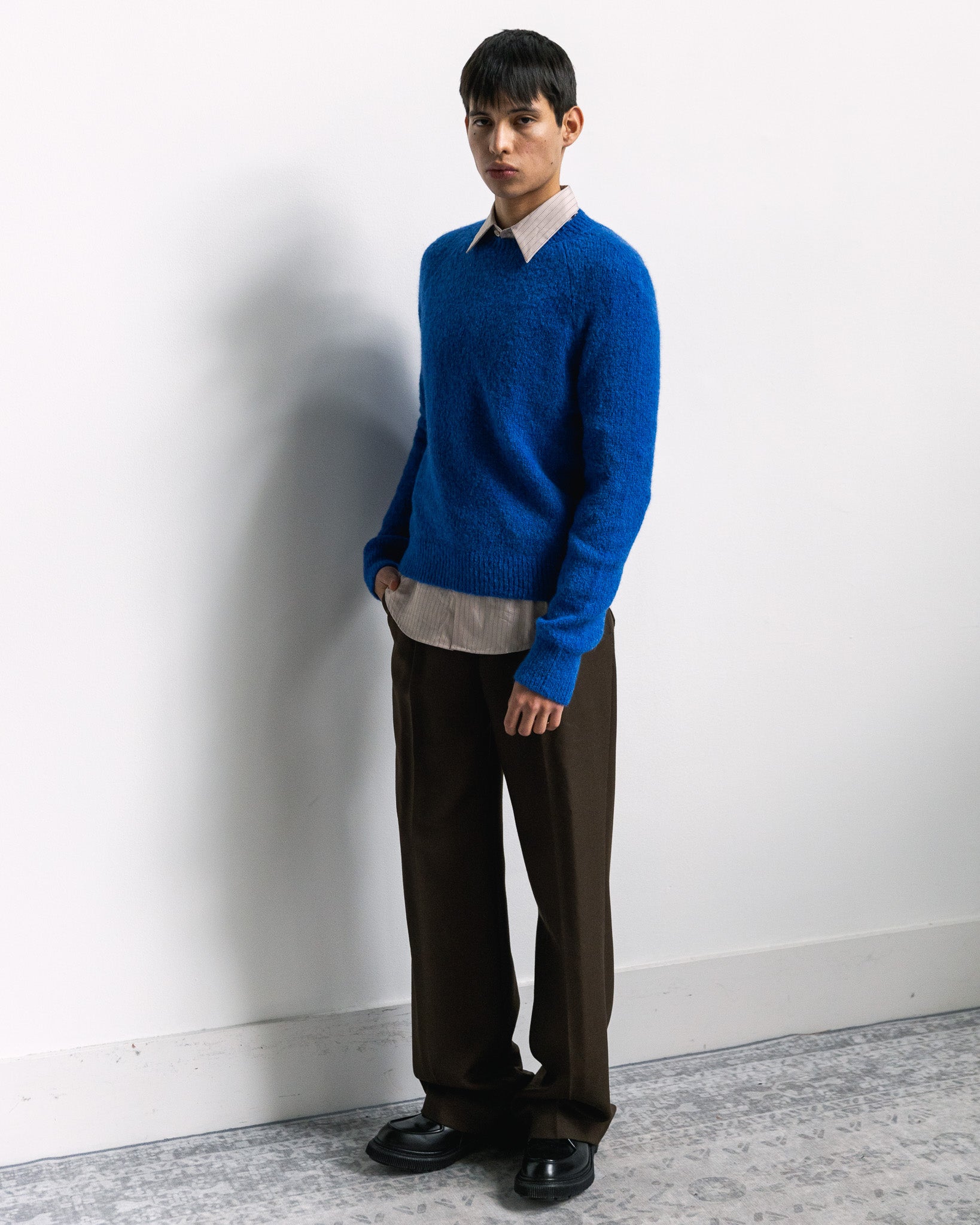
That’s why, in the current season, Klausner’s voice feels relatively conservative. We still see Dries’ classic carry-over styles, such as the Pine Pants and Melbourne Sweater, as well as designs that build directly on the vision Dries himself had been shaping for decades. The Venice Jacket, built with oversized multi-side pockets to make a layered structure, pairing with its heavy wool tweed, carries the familiar Dries spirit yet feels newly defined. Alongside these pieces, there are also moments that show more of Klausner’s own touch. The Carvies Tux Bis Shirt is one of them: cut slimmer, with a slight cinched waist and French cuffs. A gentle touch of femininity permeates this shirting—an echo of Klausner’s roots in womenswear design.
Building on Legacy, Not Replacing It
What makes this transition so compelling is how measured it feels. Klausner isn’t trying to erase what came before him. Instead, he’s building on it—adjusting proportions, shifting silhouettes, and finding ways to merge his perspective with the house’s identity. It’s not dramatic, but it doesn’t need to be.
As Klausner himself has said, he isn’t afraid of changing the Dries Van Noten look, because change has always been part of its DNA. We saw that with Dries himself: in Spring/Summer 2023, referencing 1940s Zazou culture with bold hexagonal prints, then shifting to toned-down tailoring in Fall/Winter 2023.
For a house like Dries Van Noten, the future isn’t about a radical break — it’s about evolution. And with Klausner at the helm, that evolution feels steady, respectful, and quietly confident.

